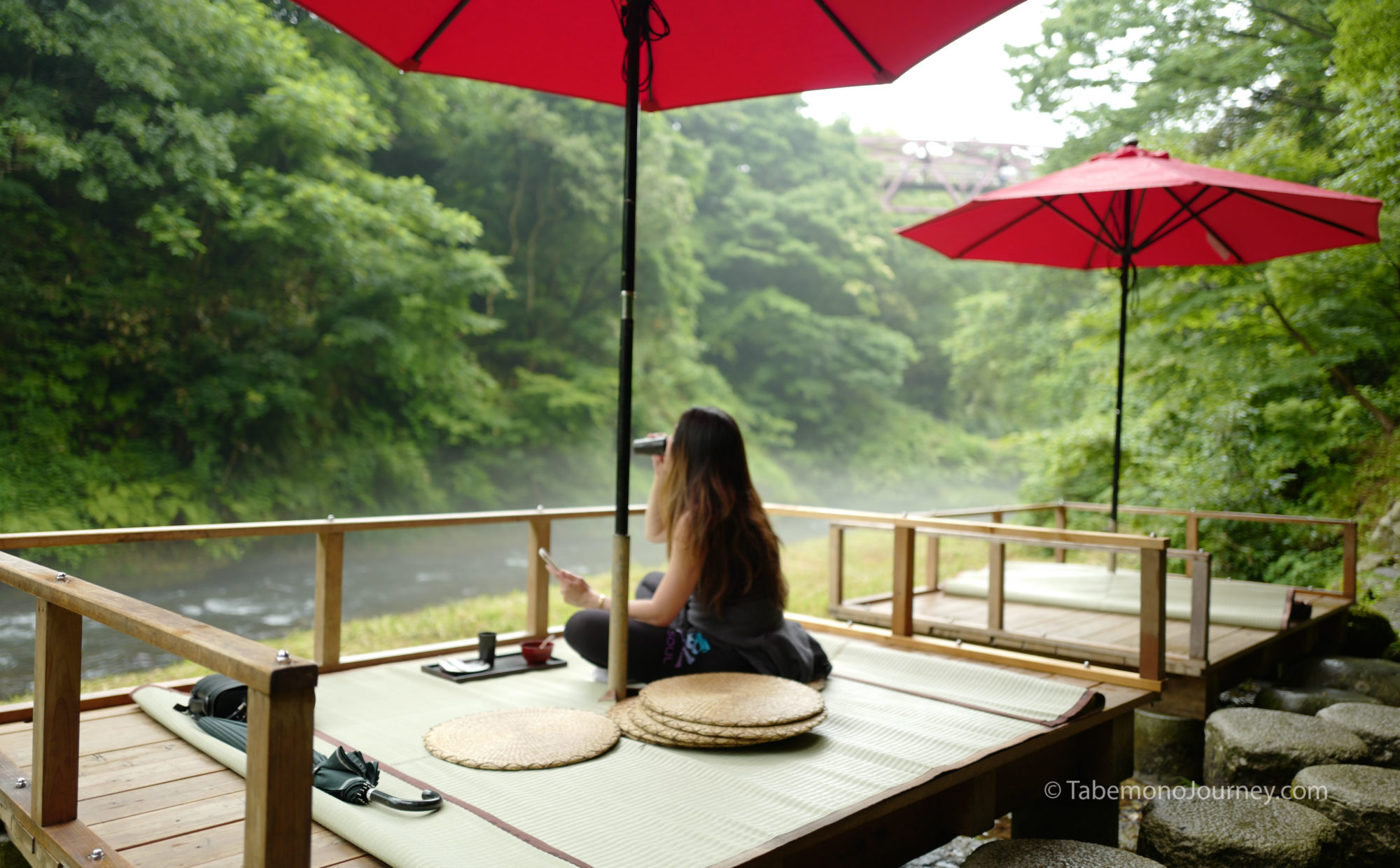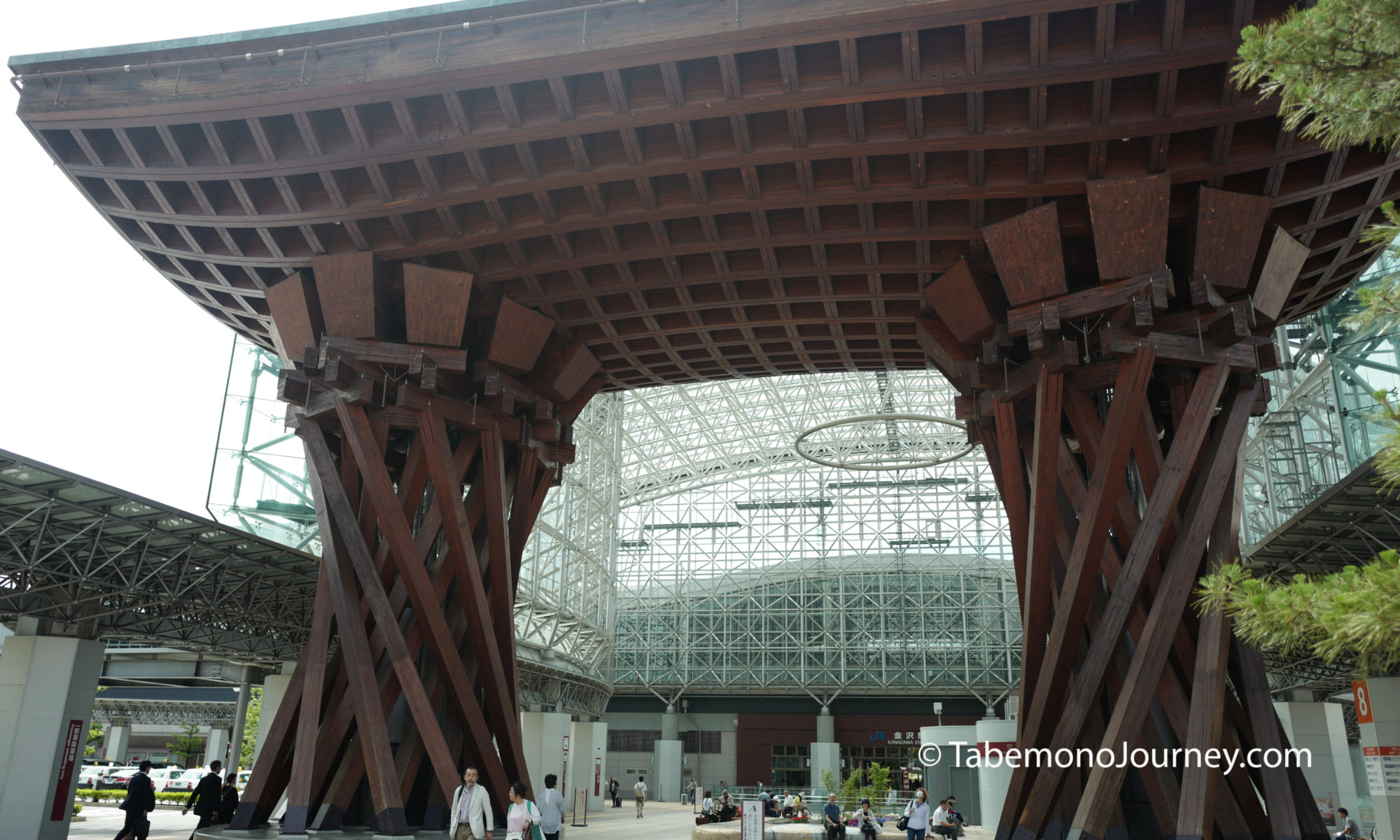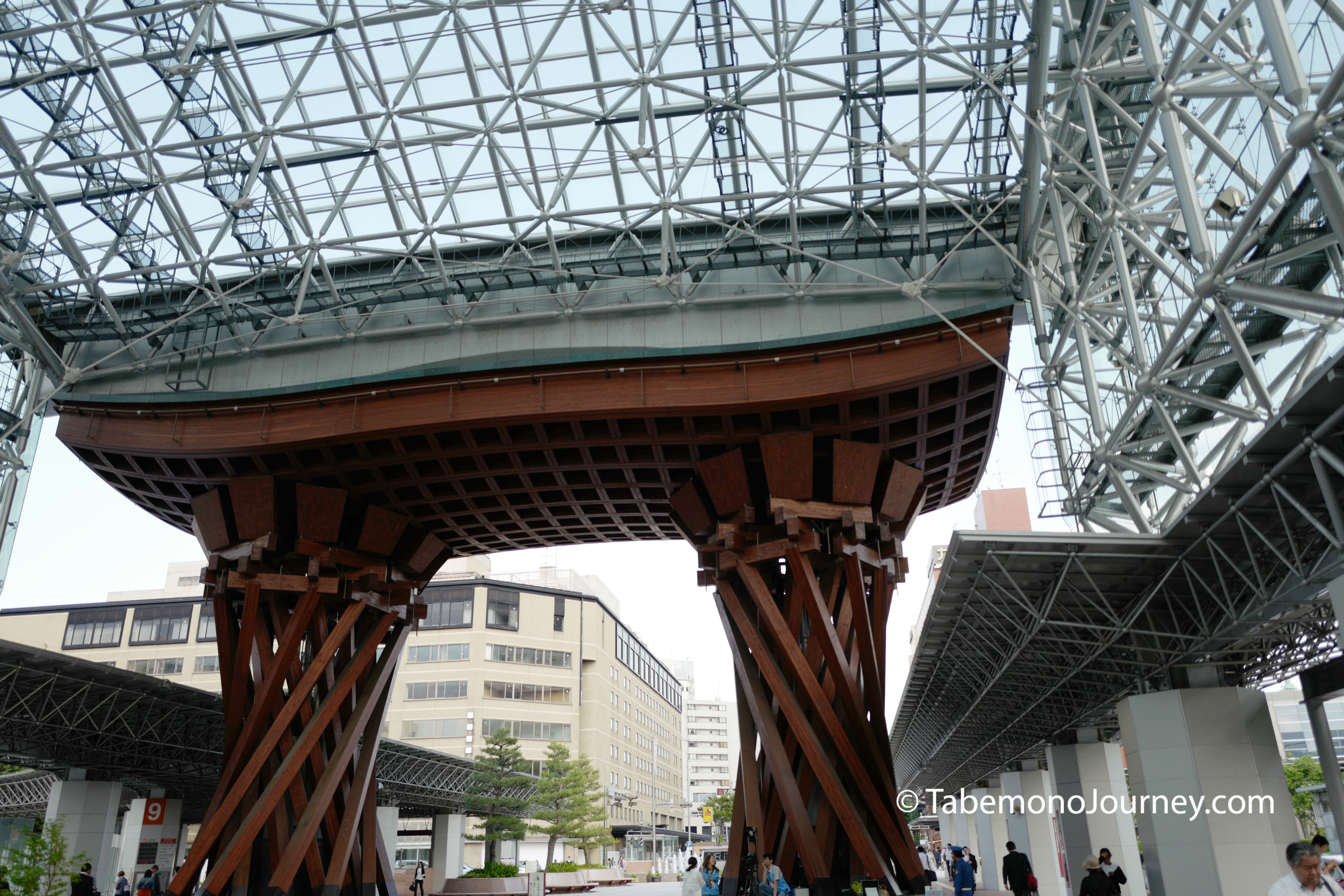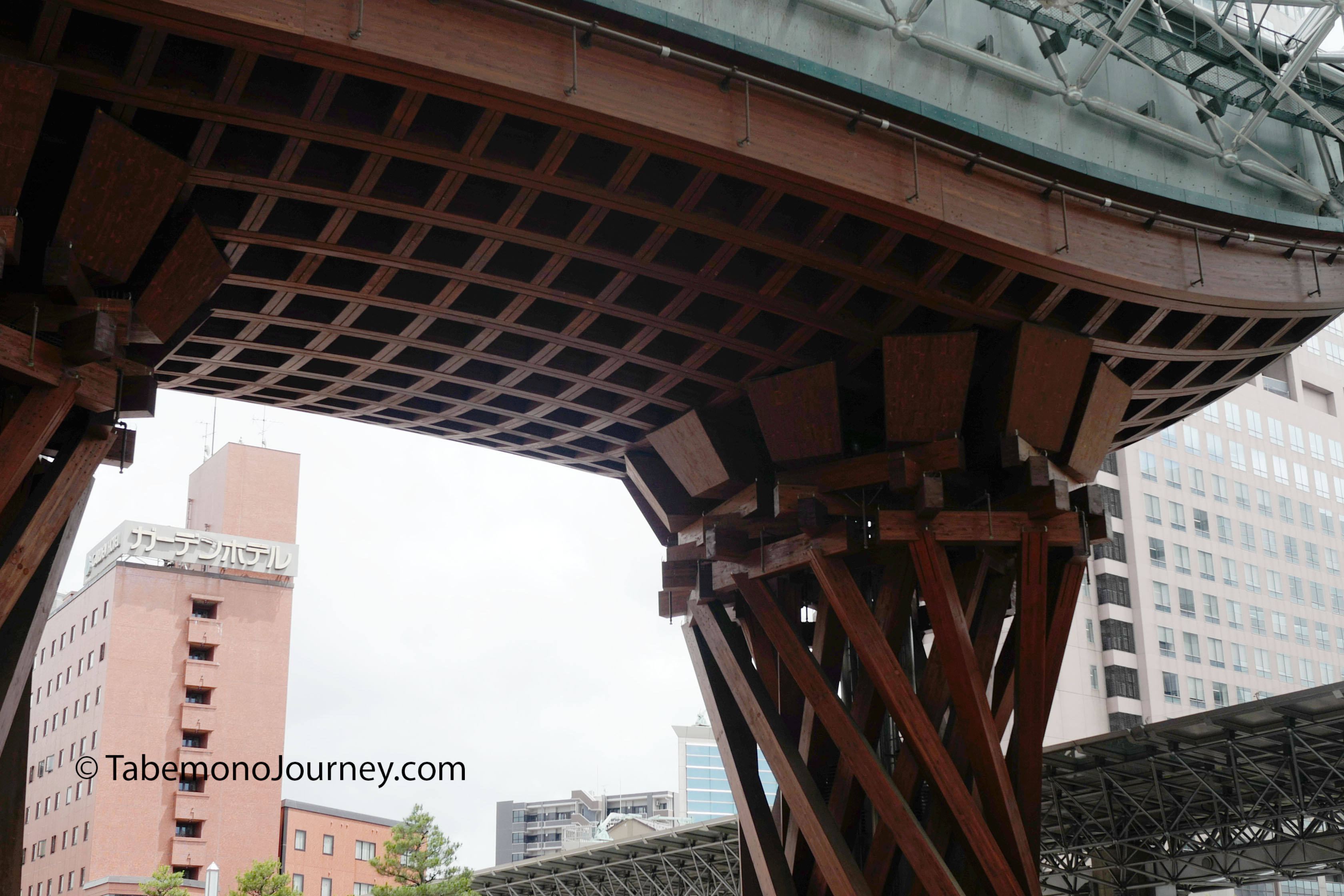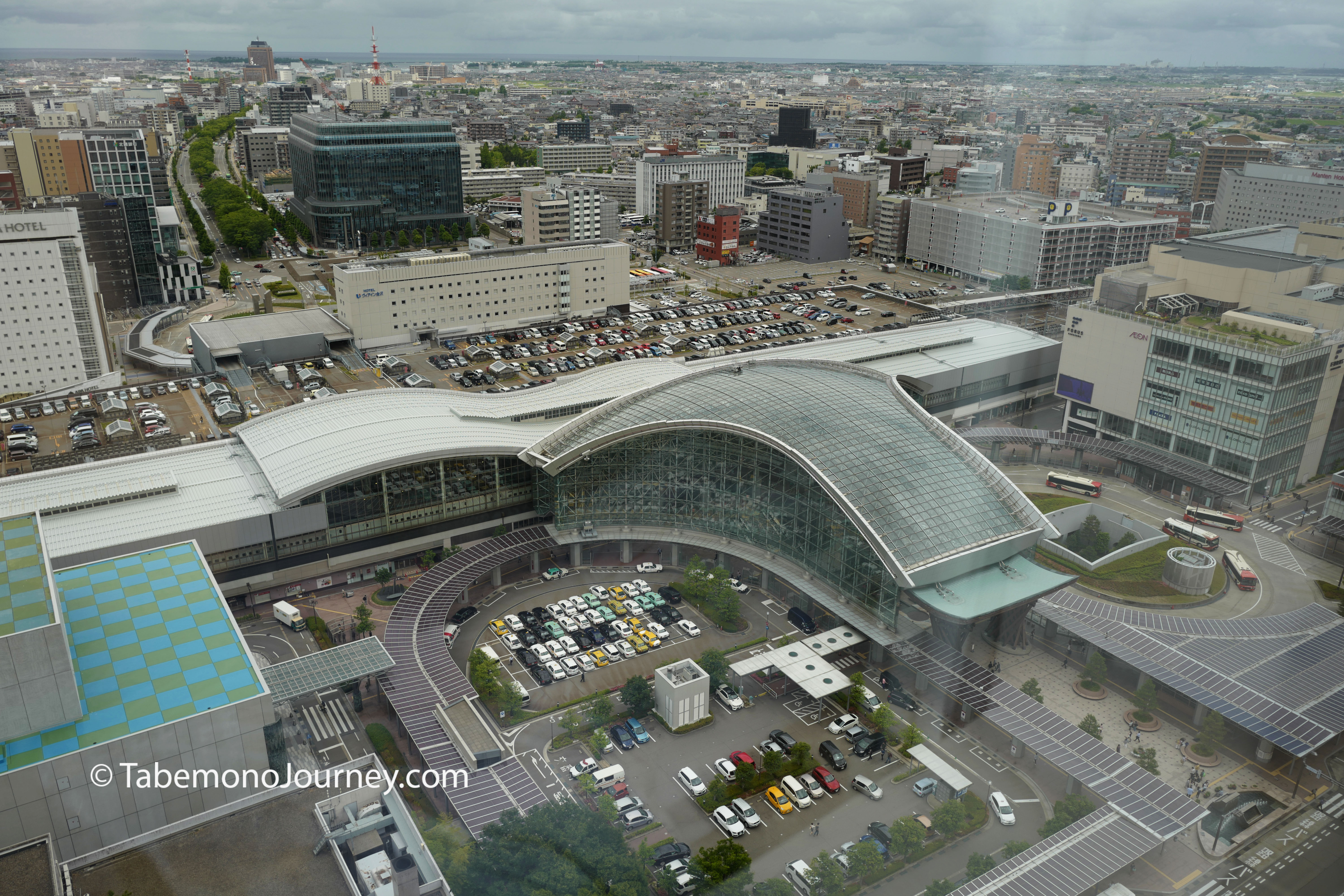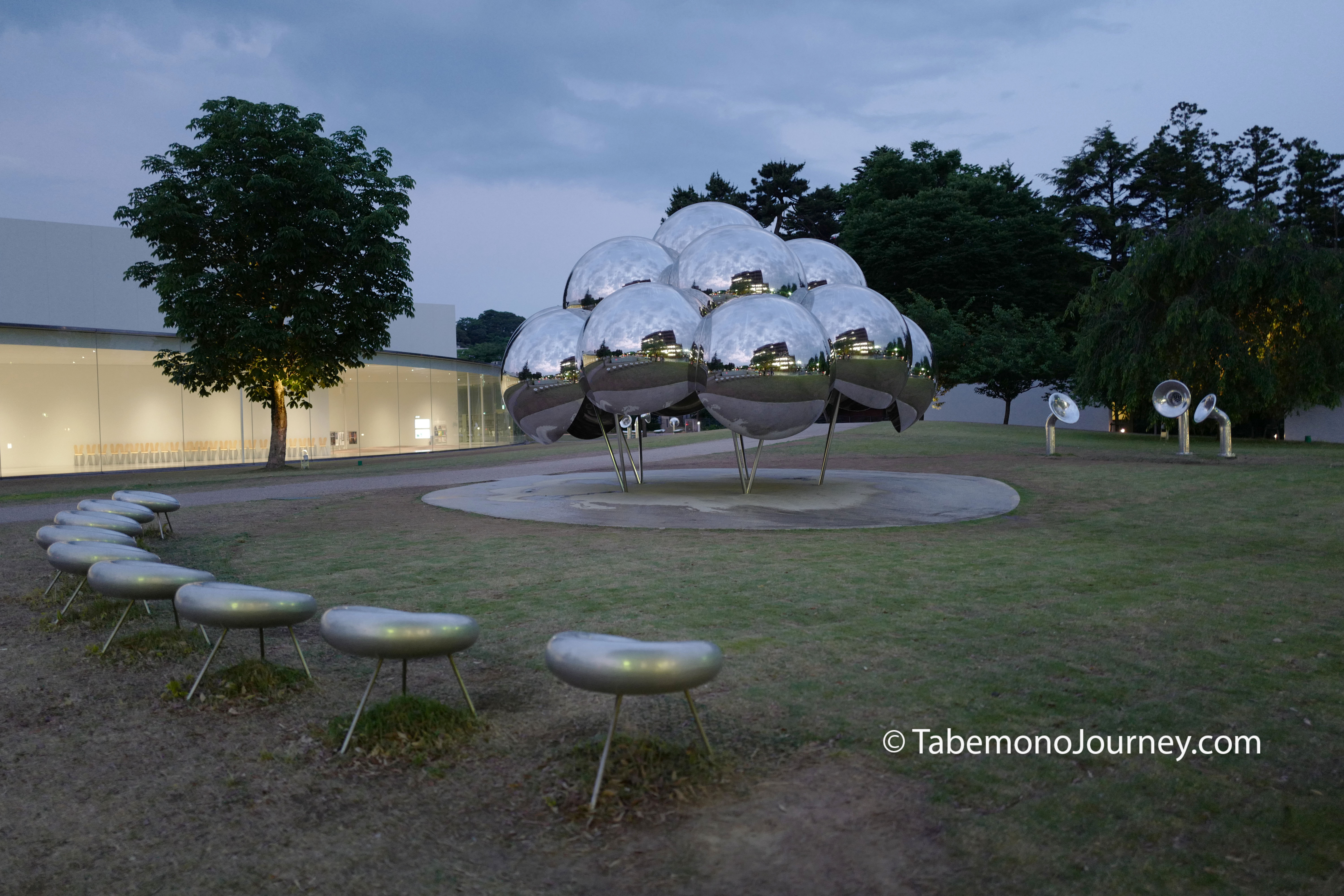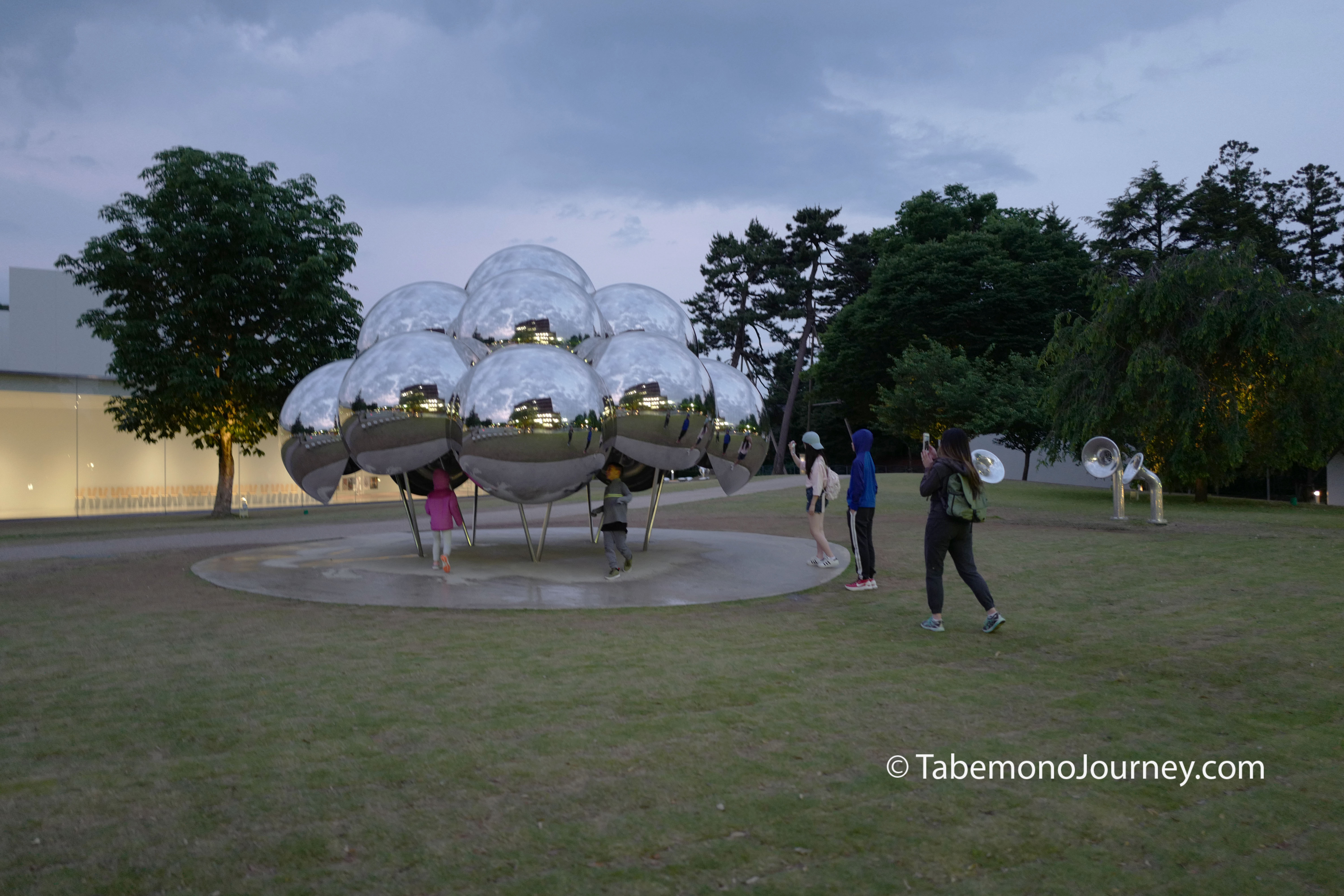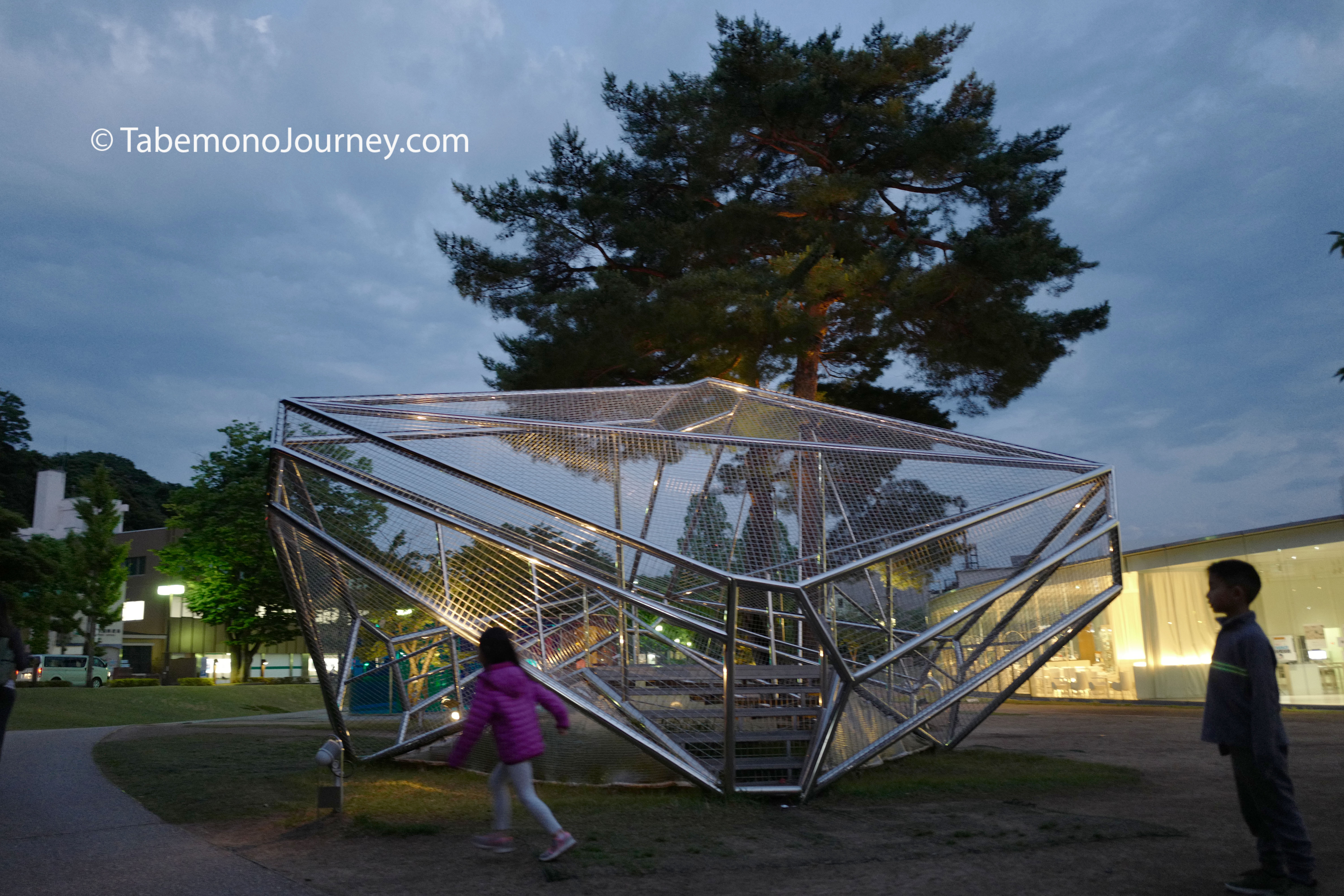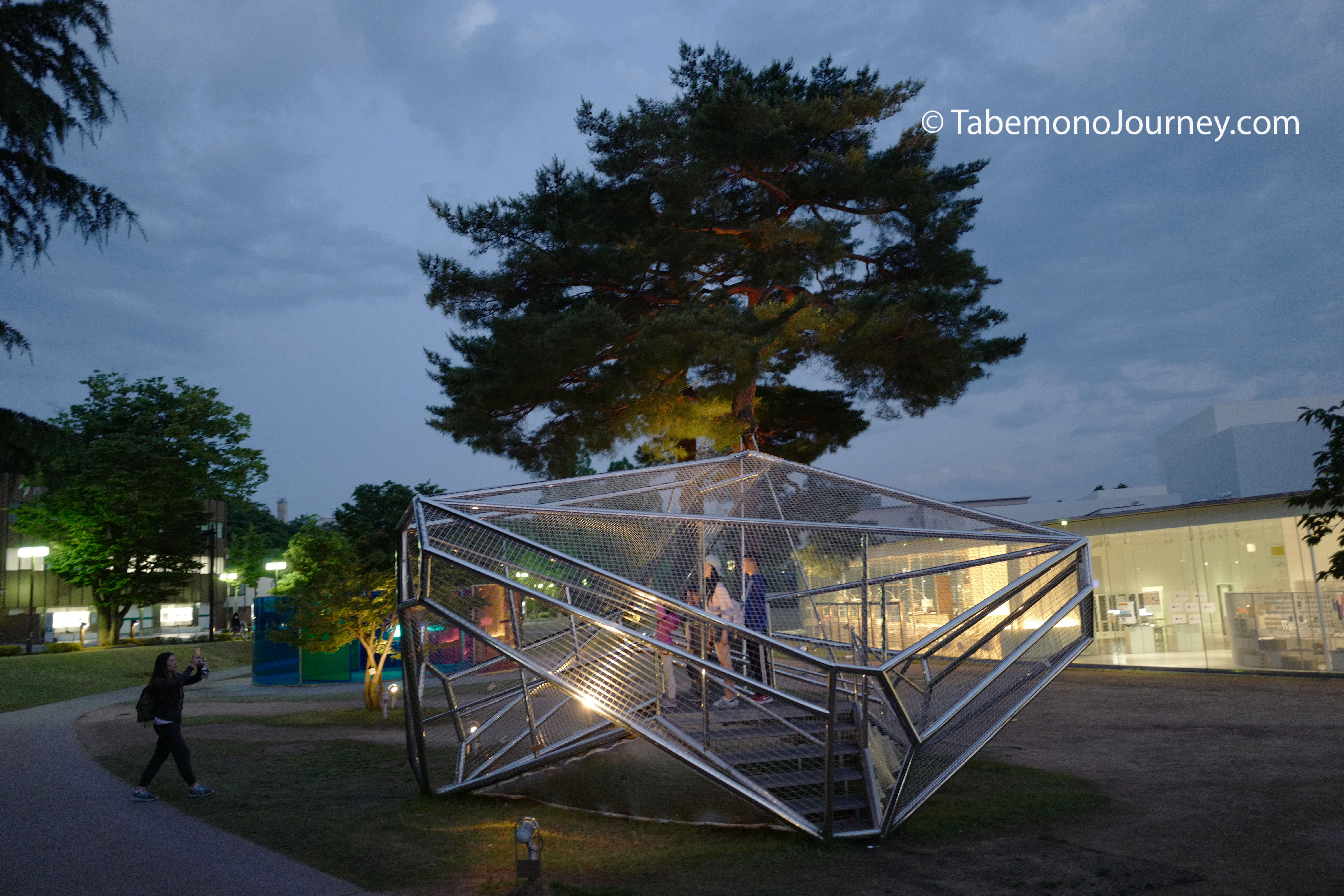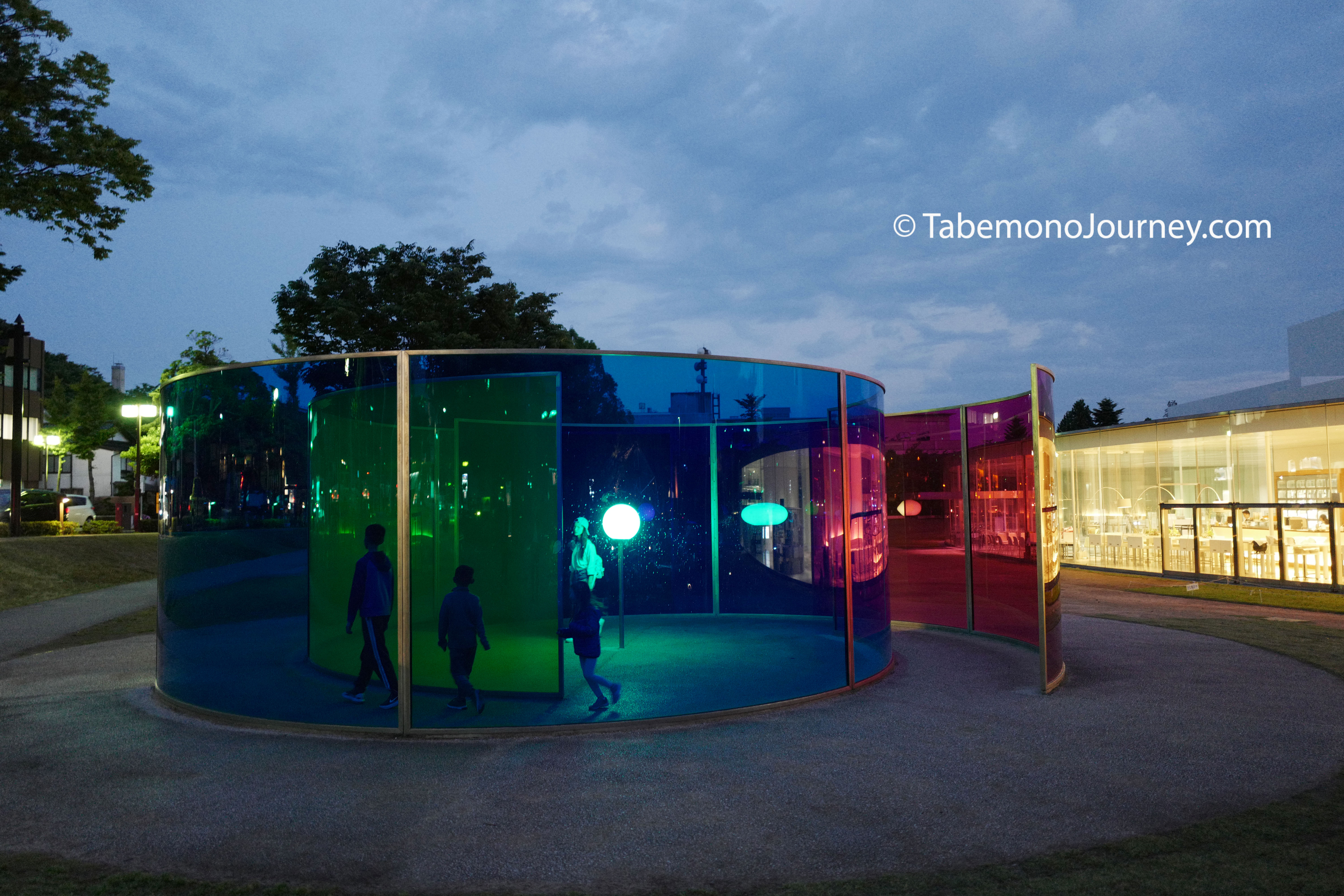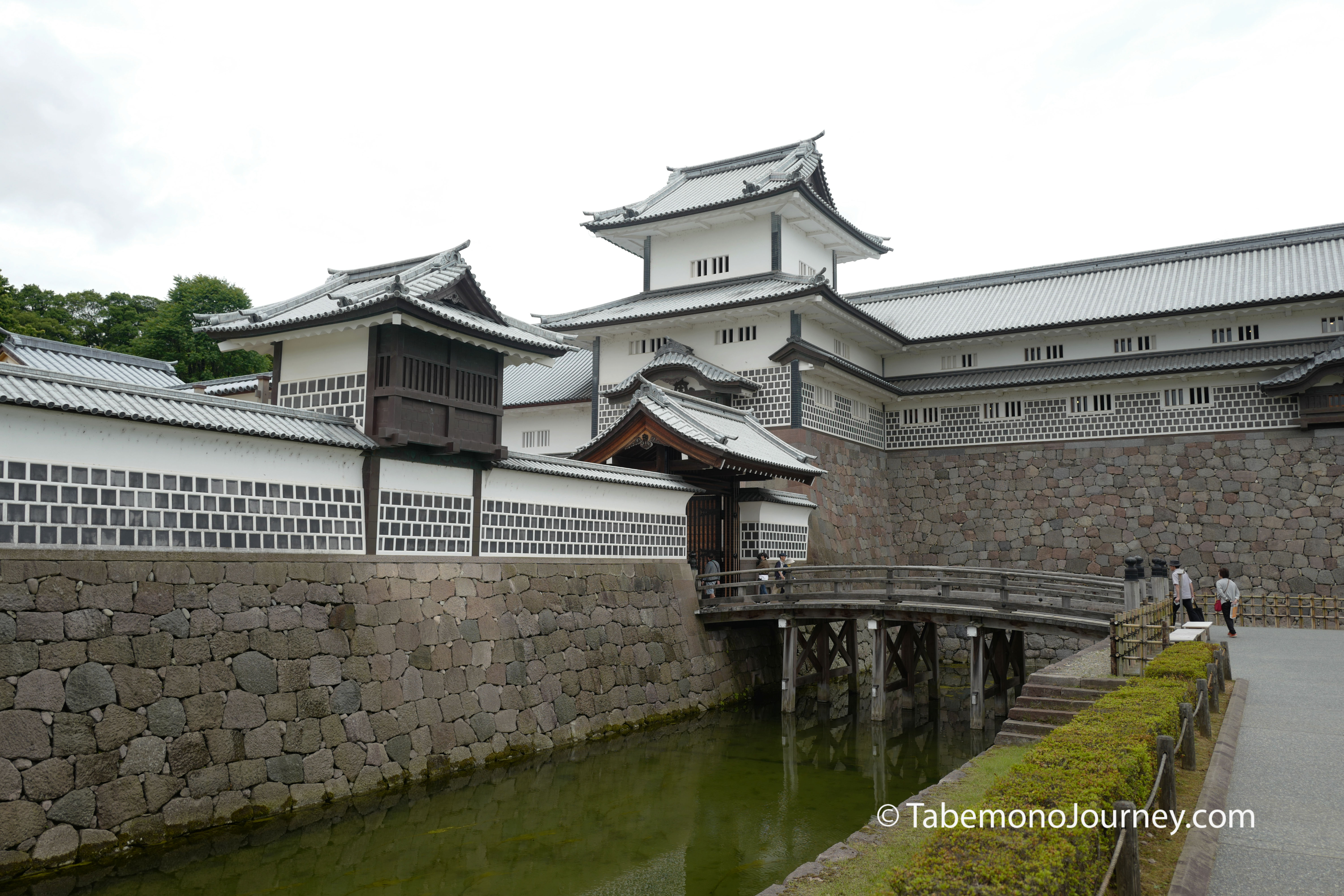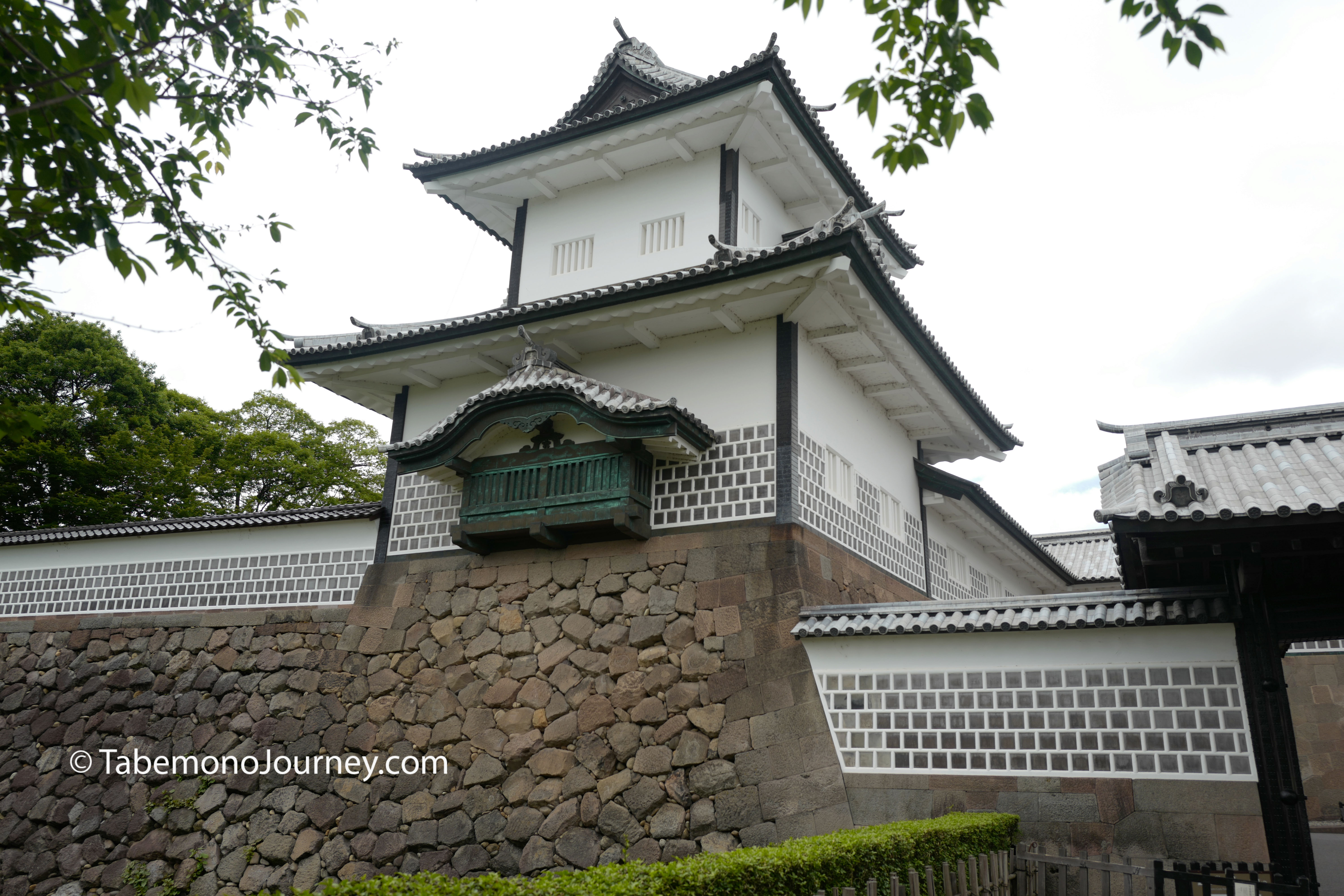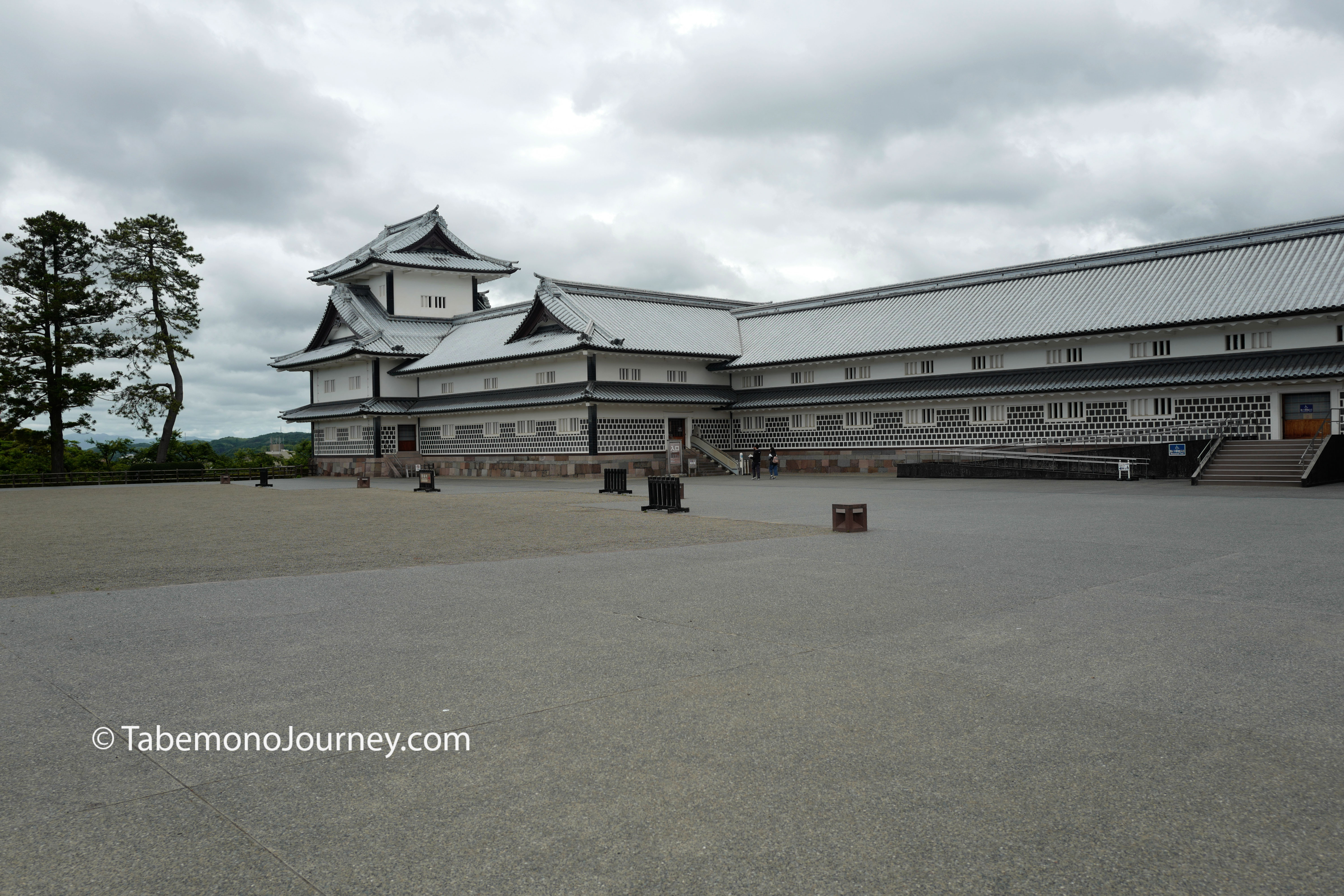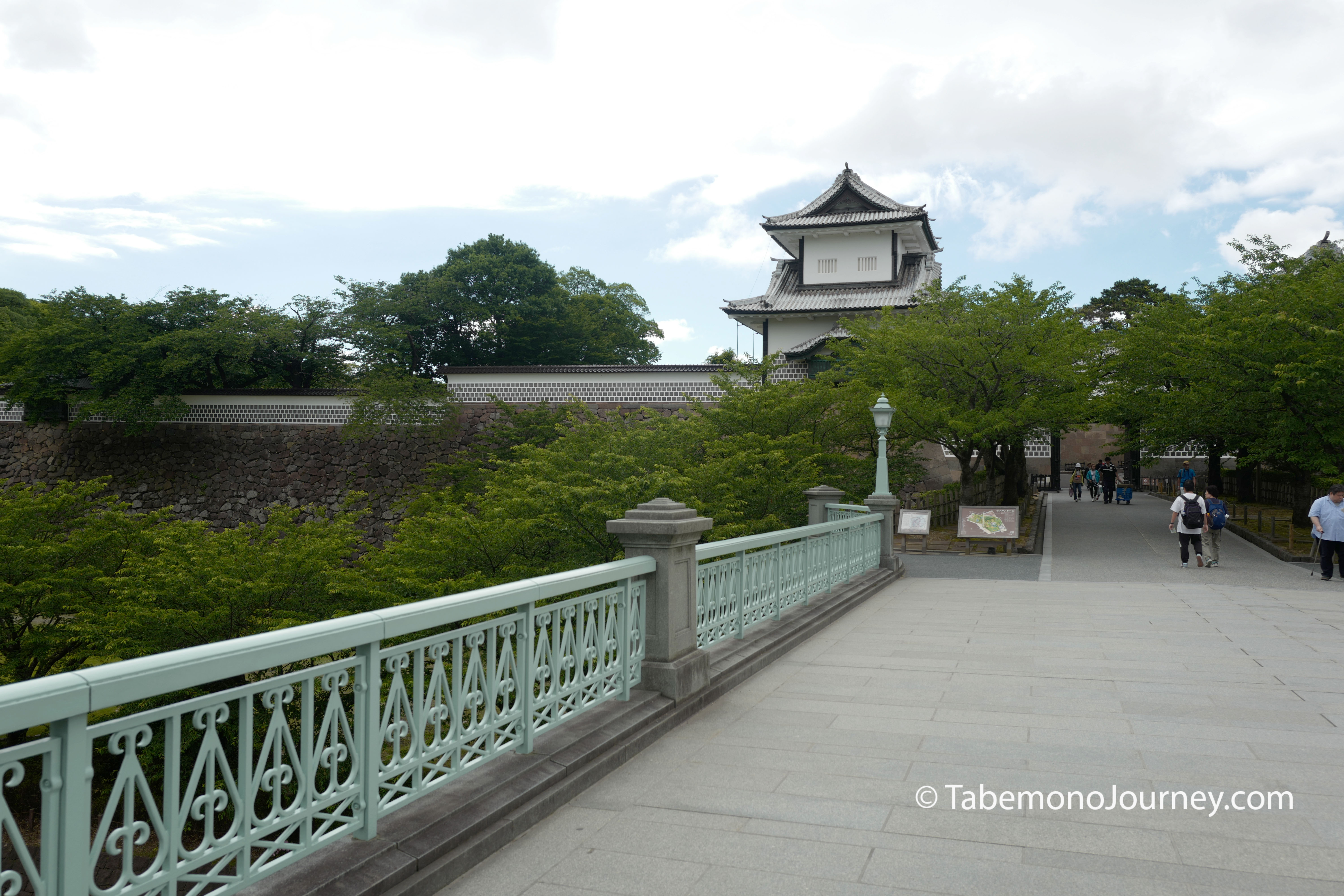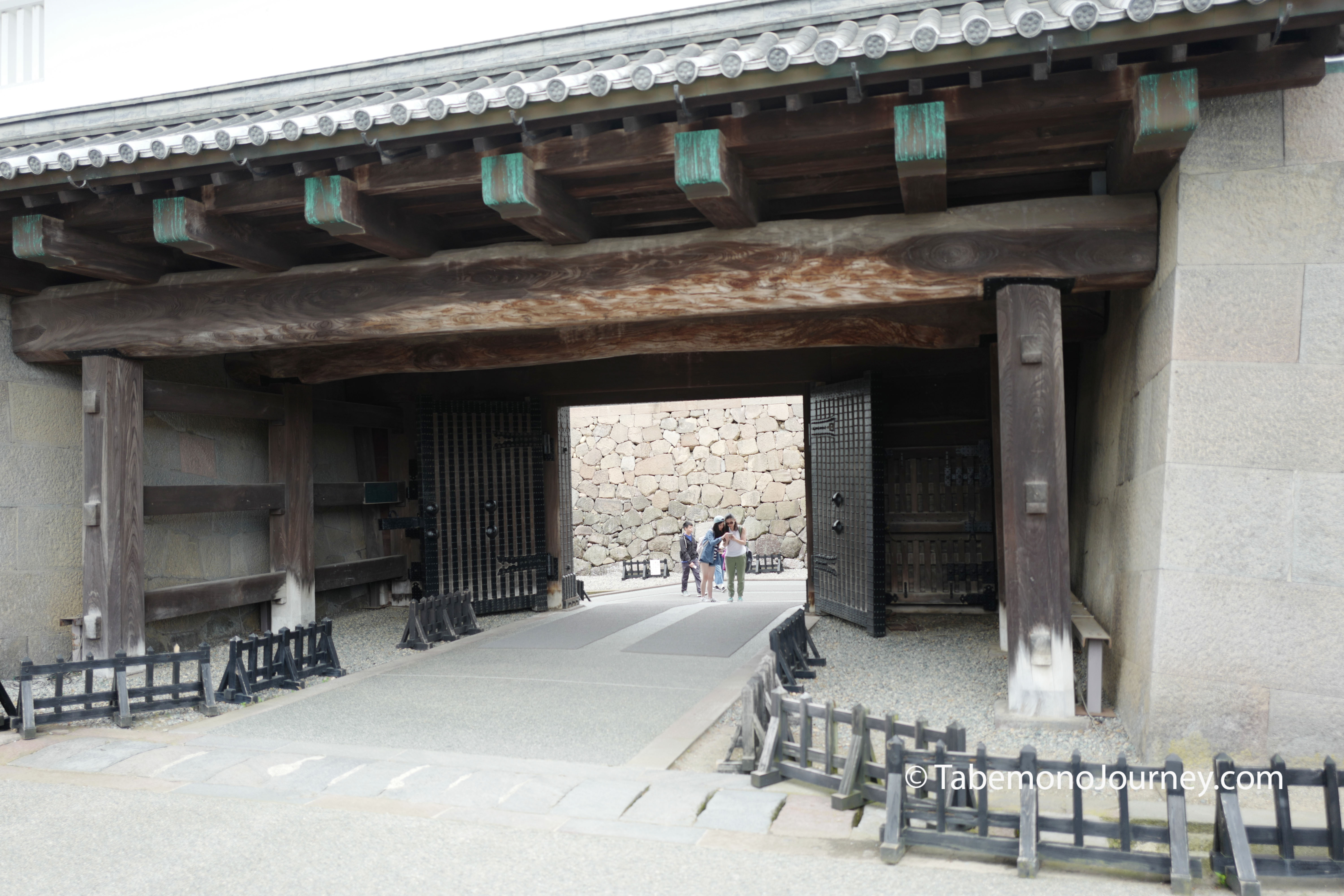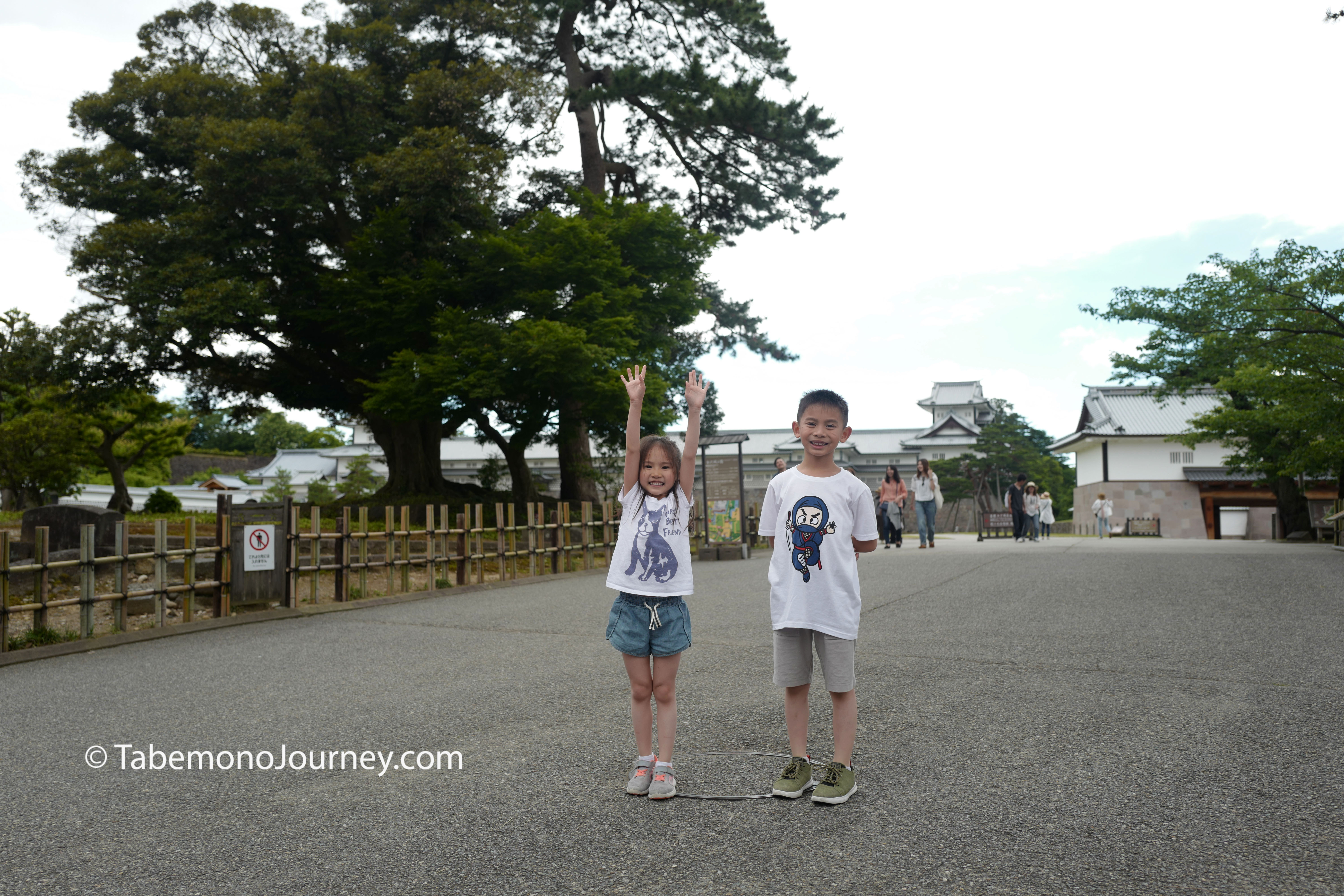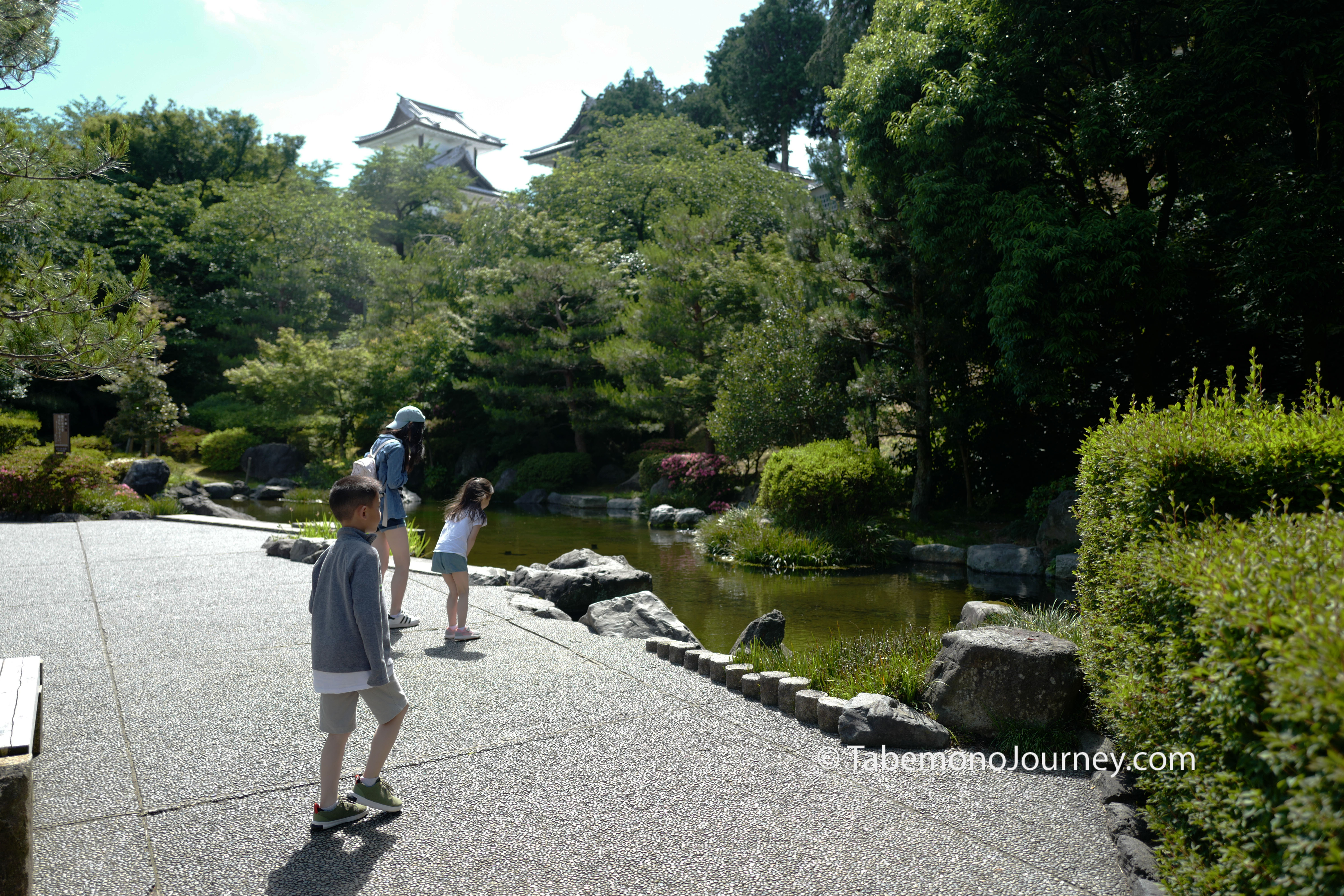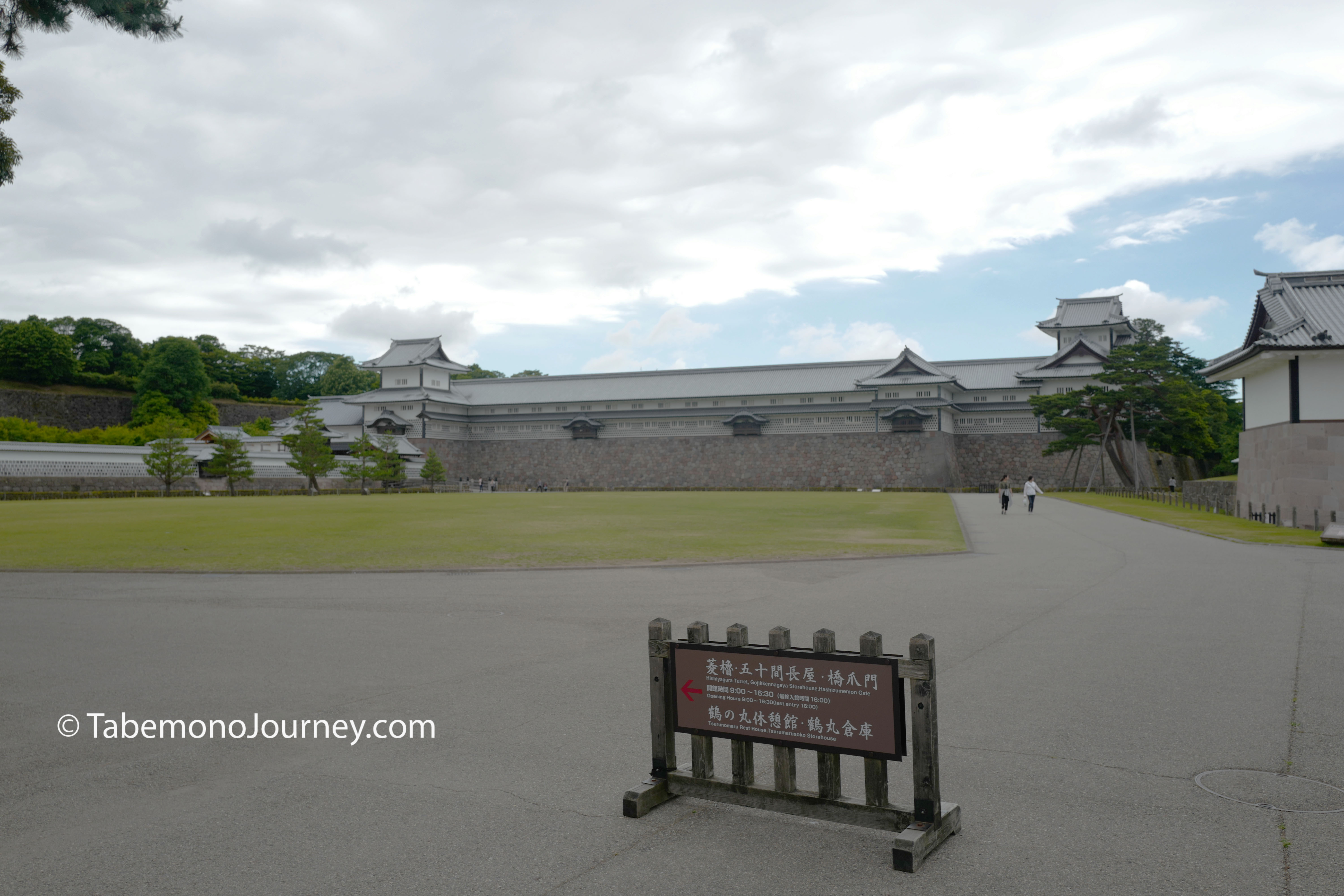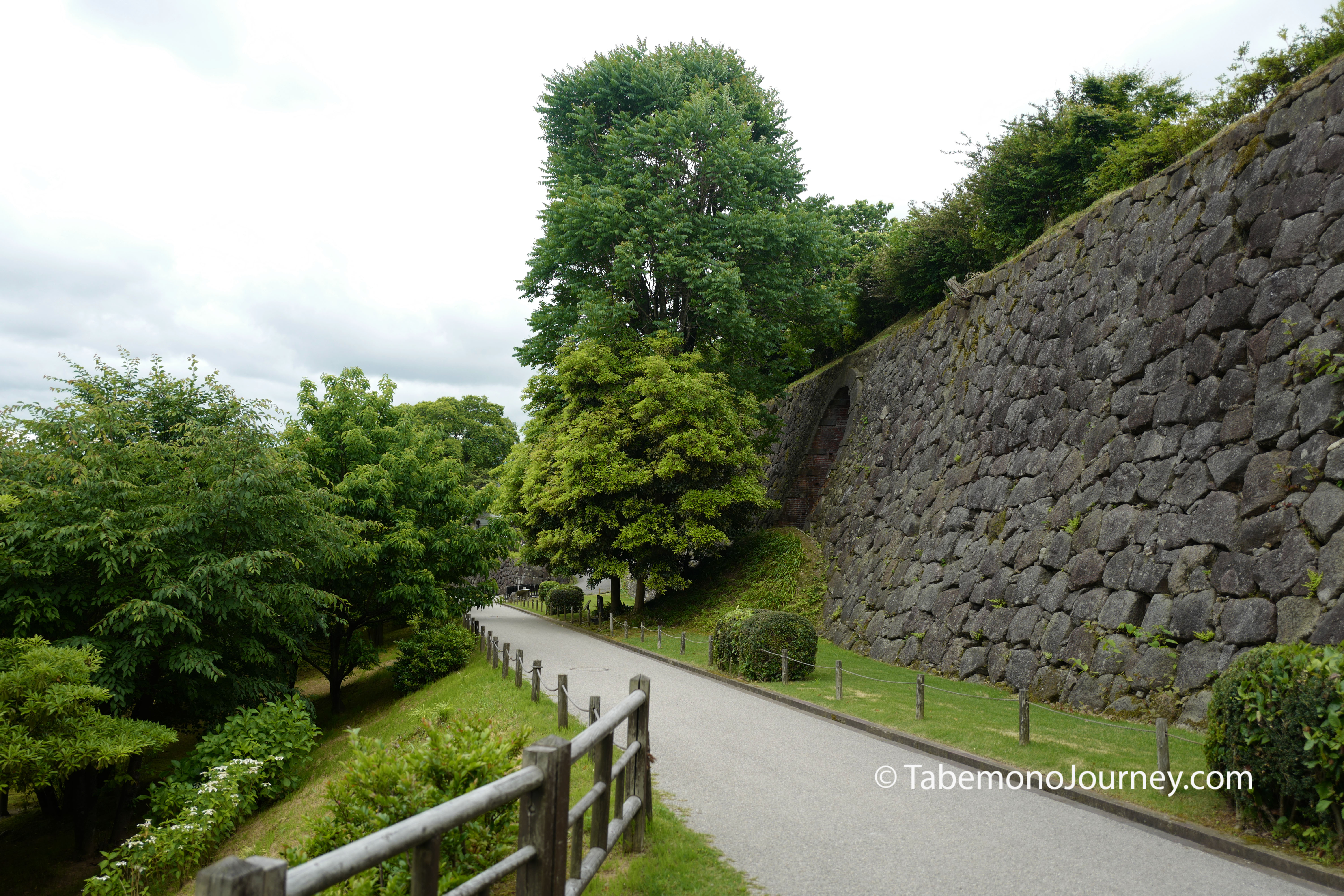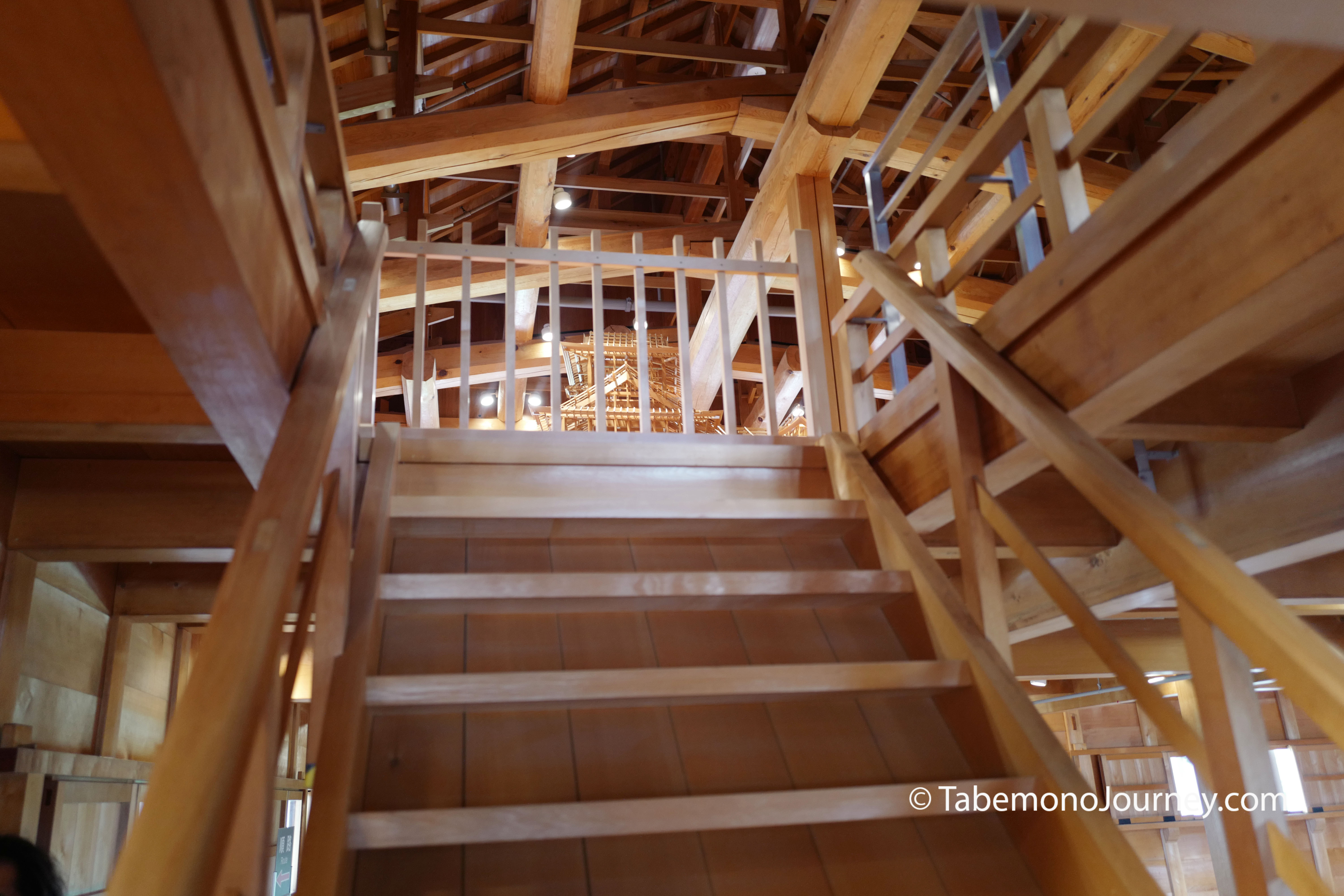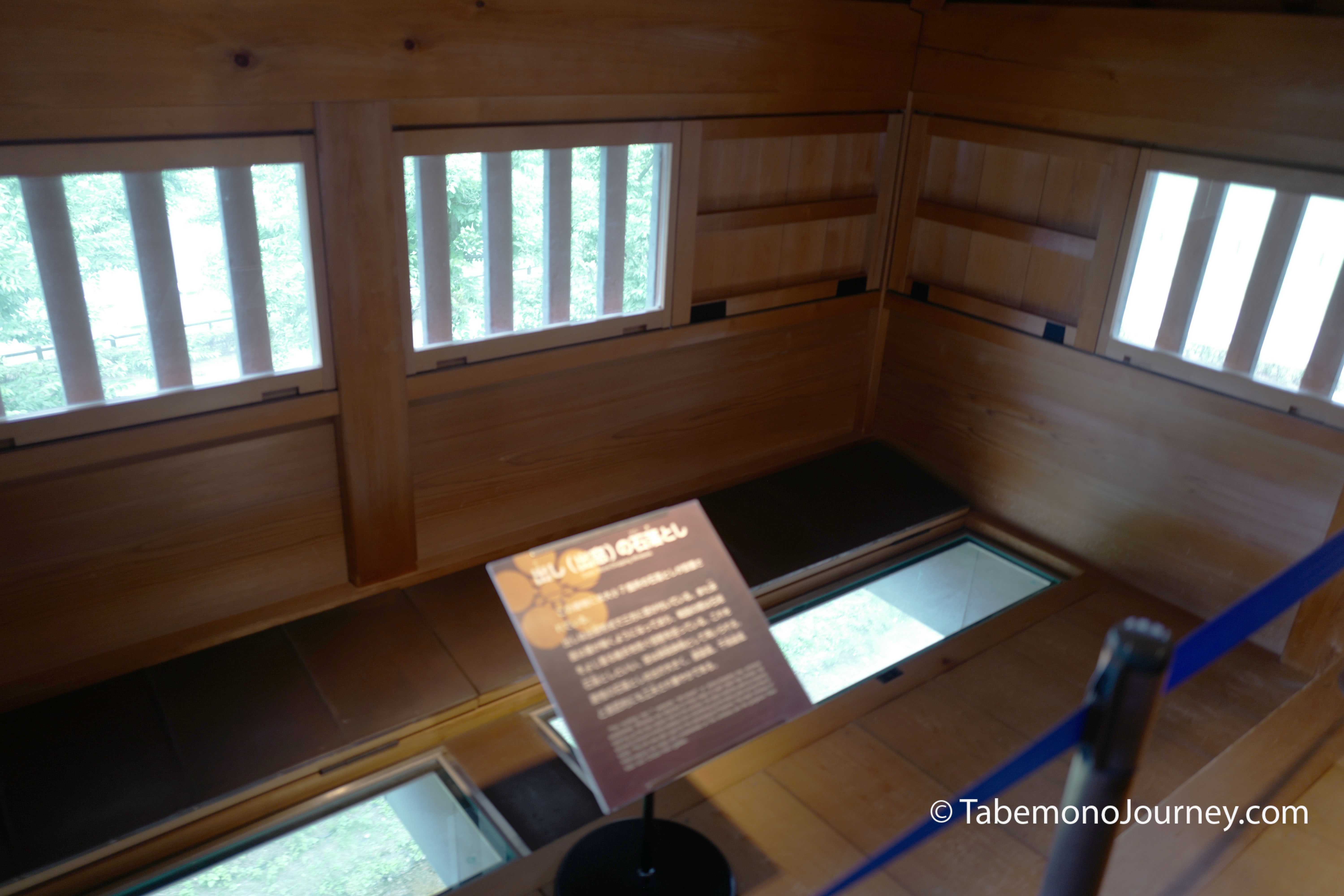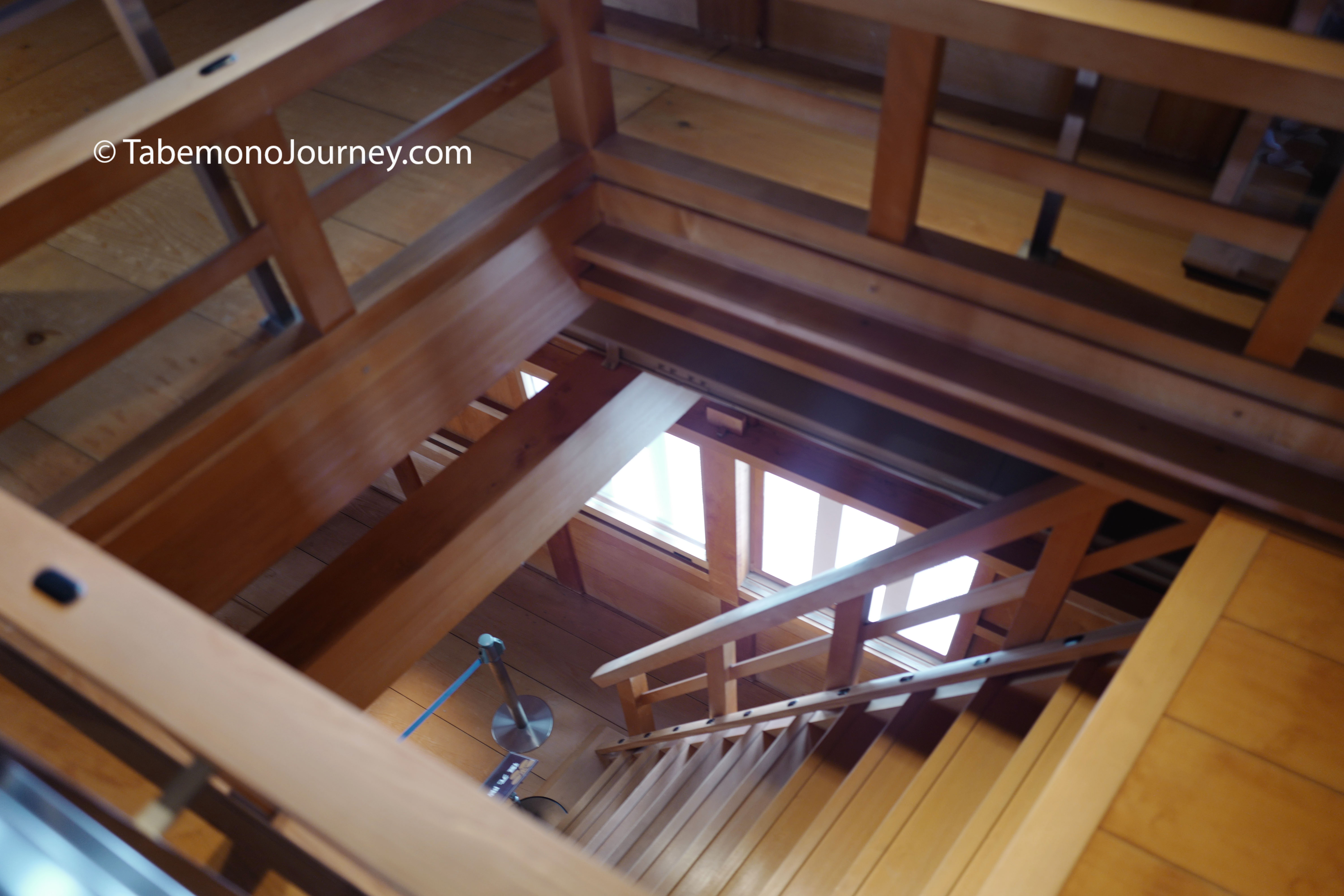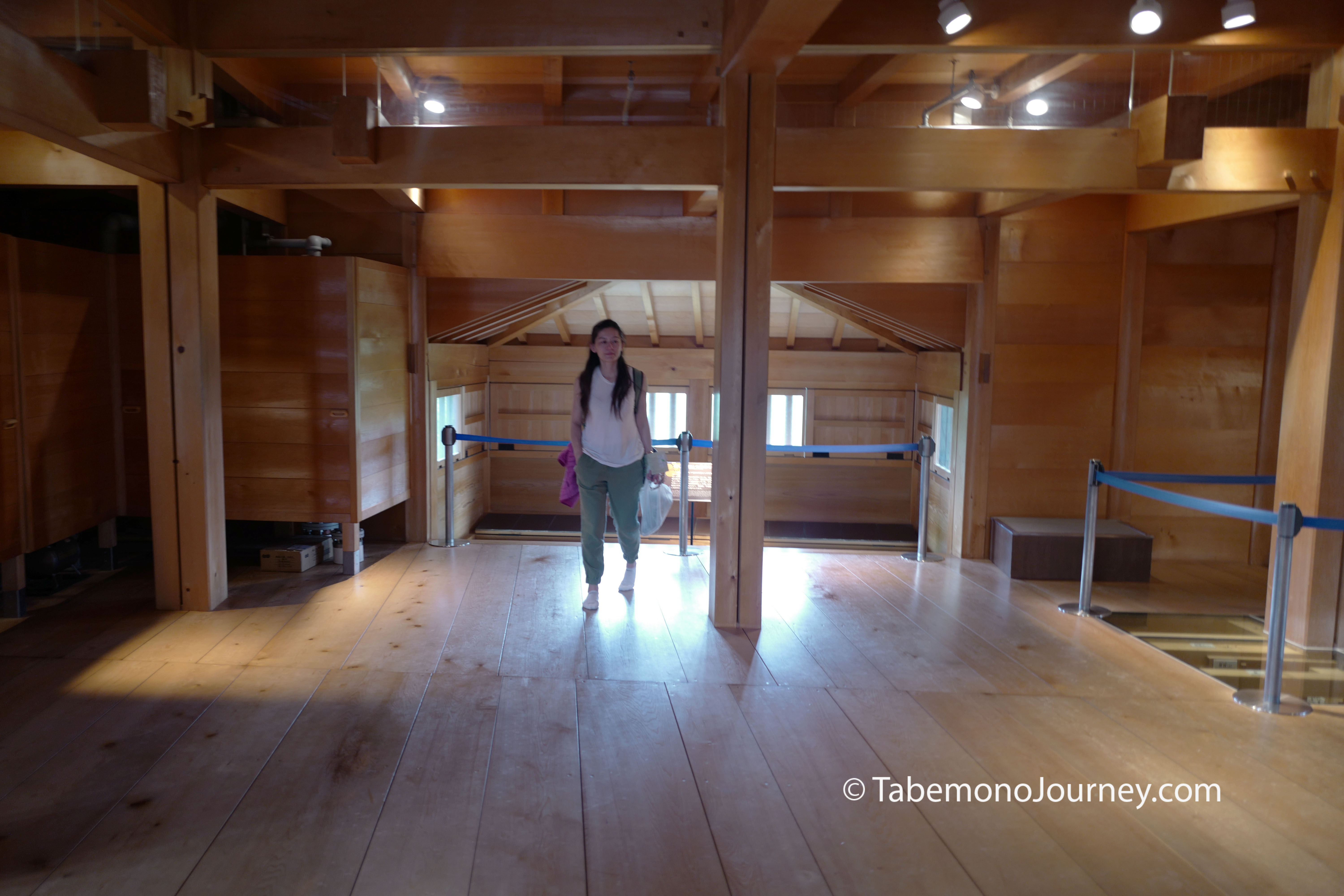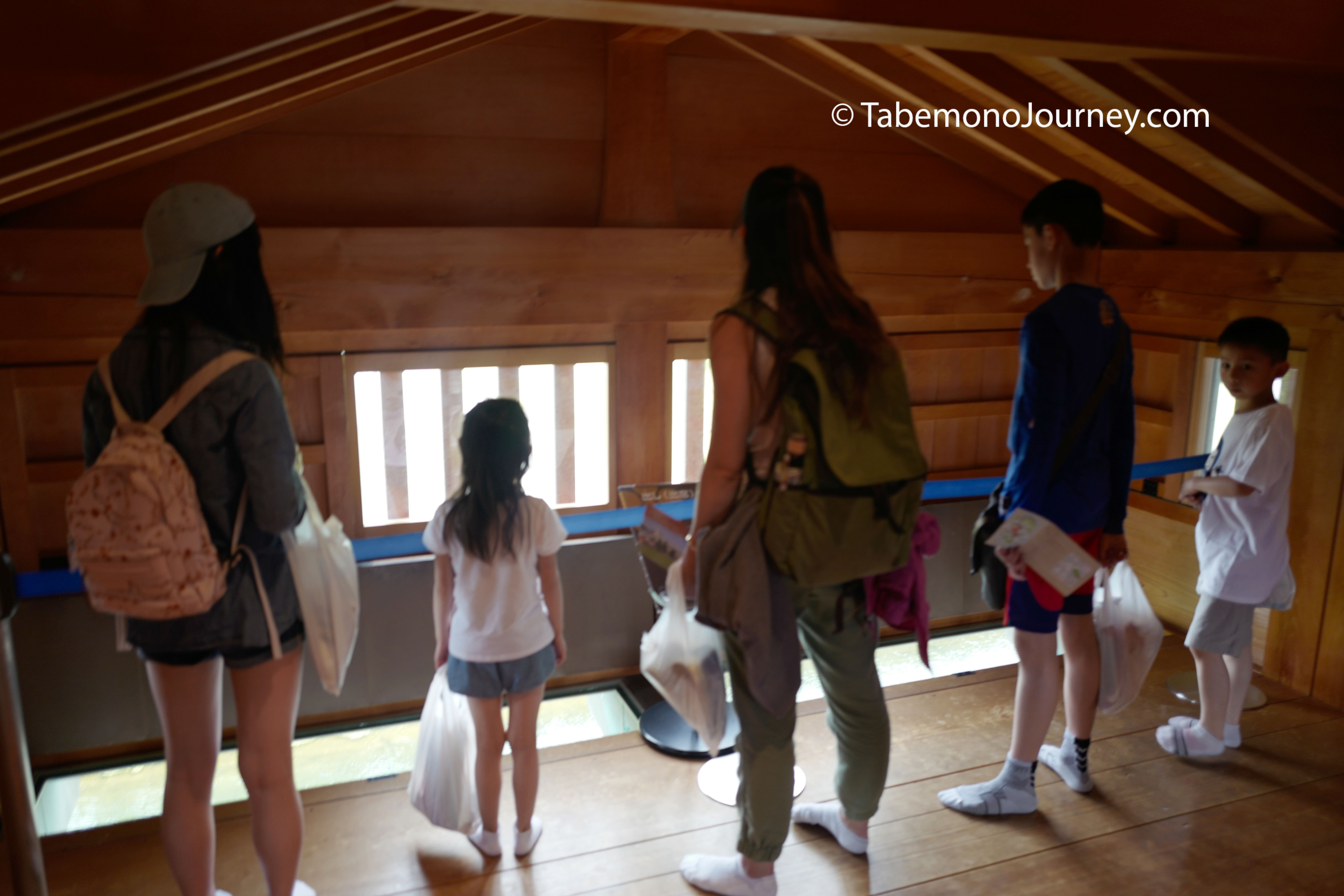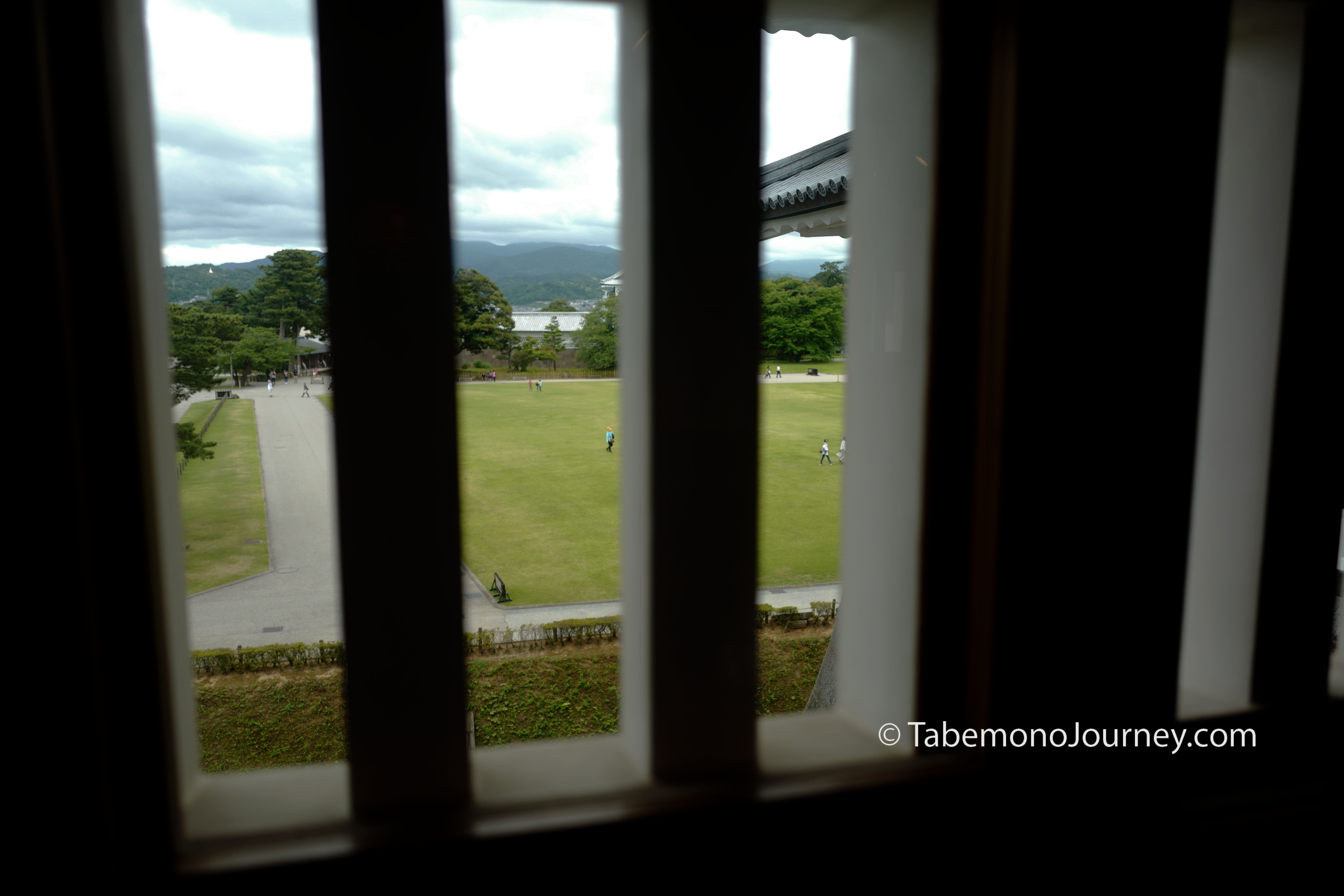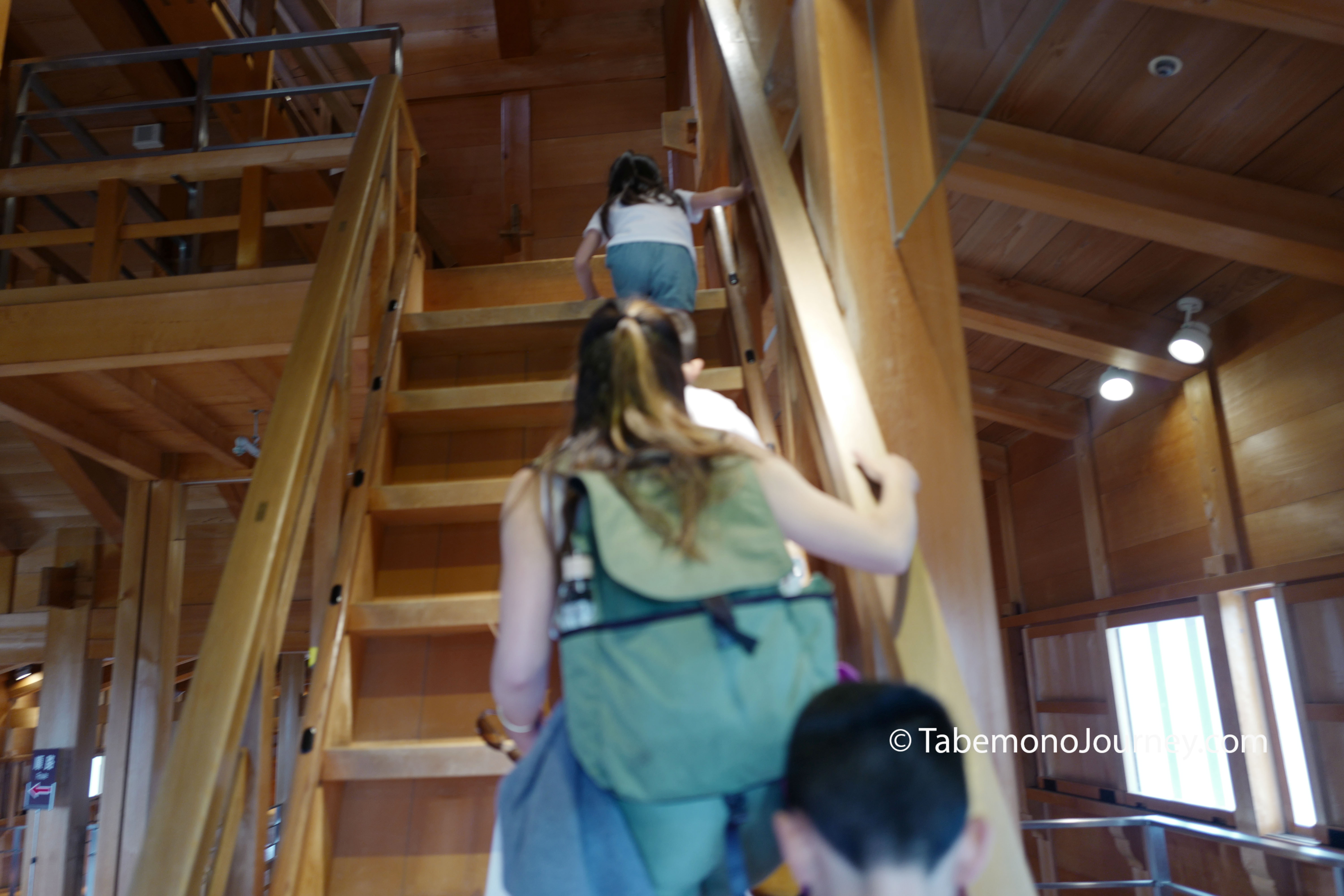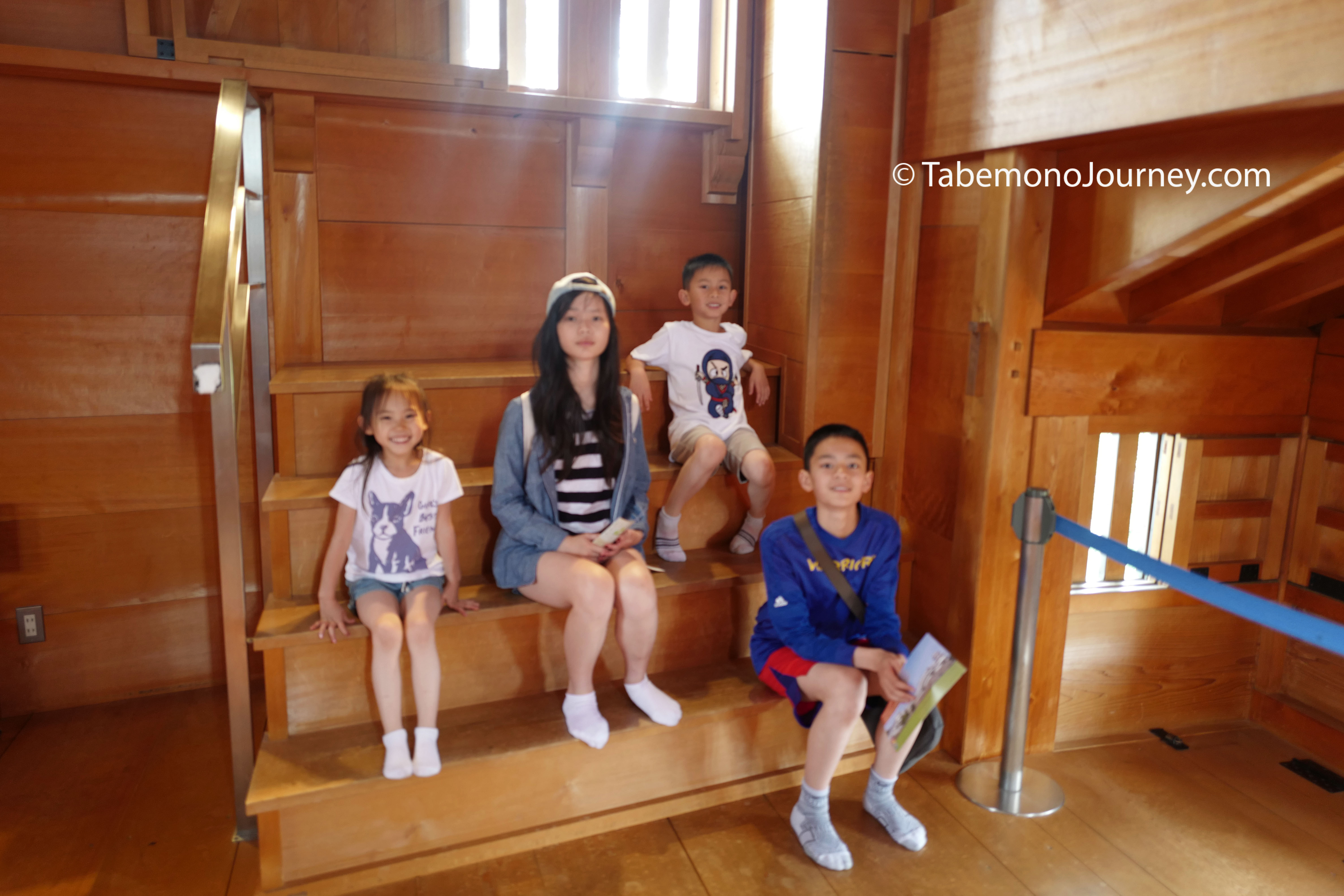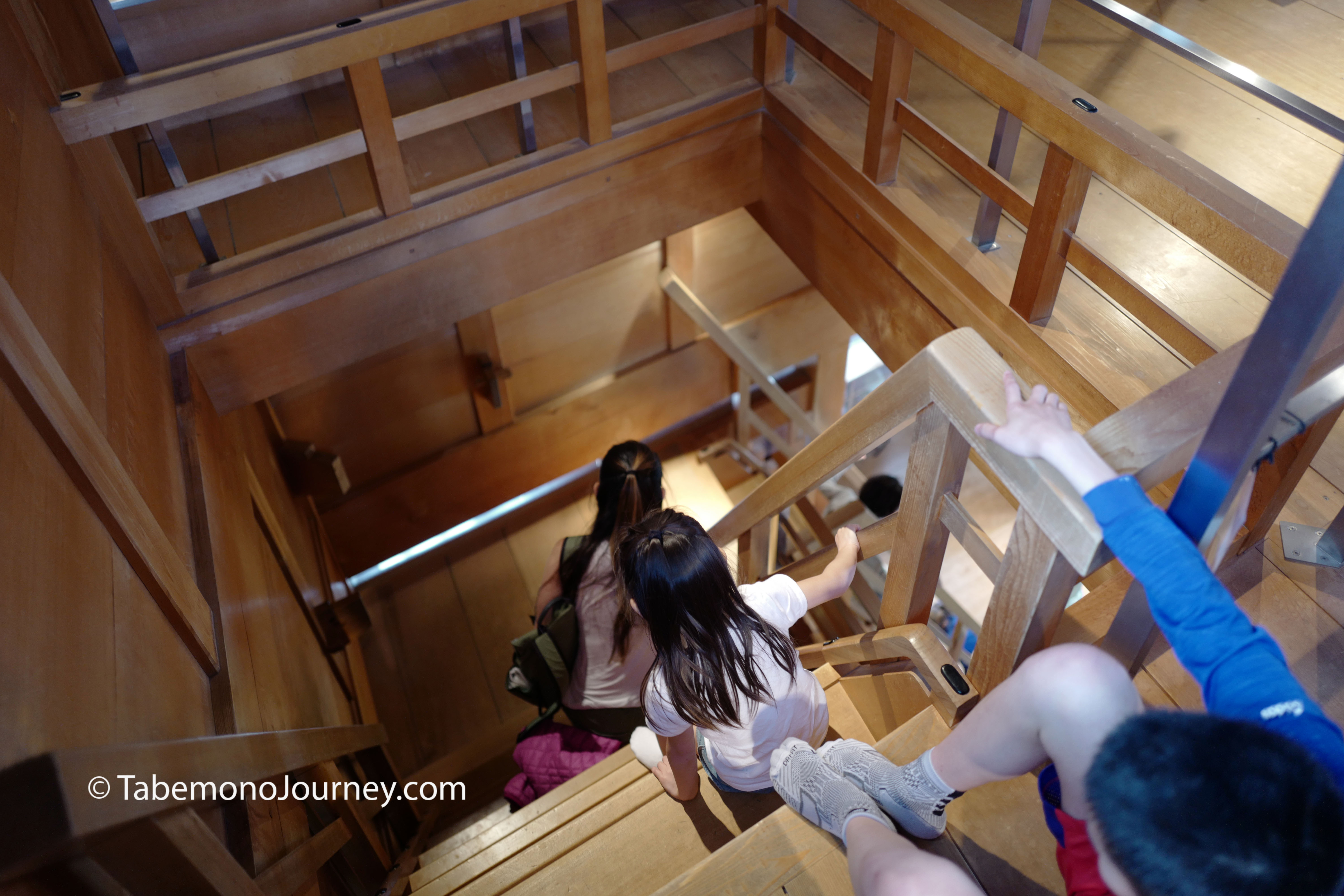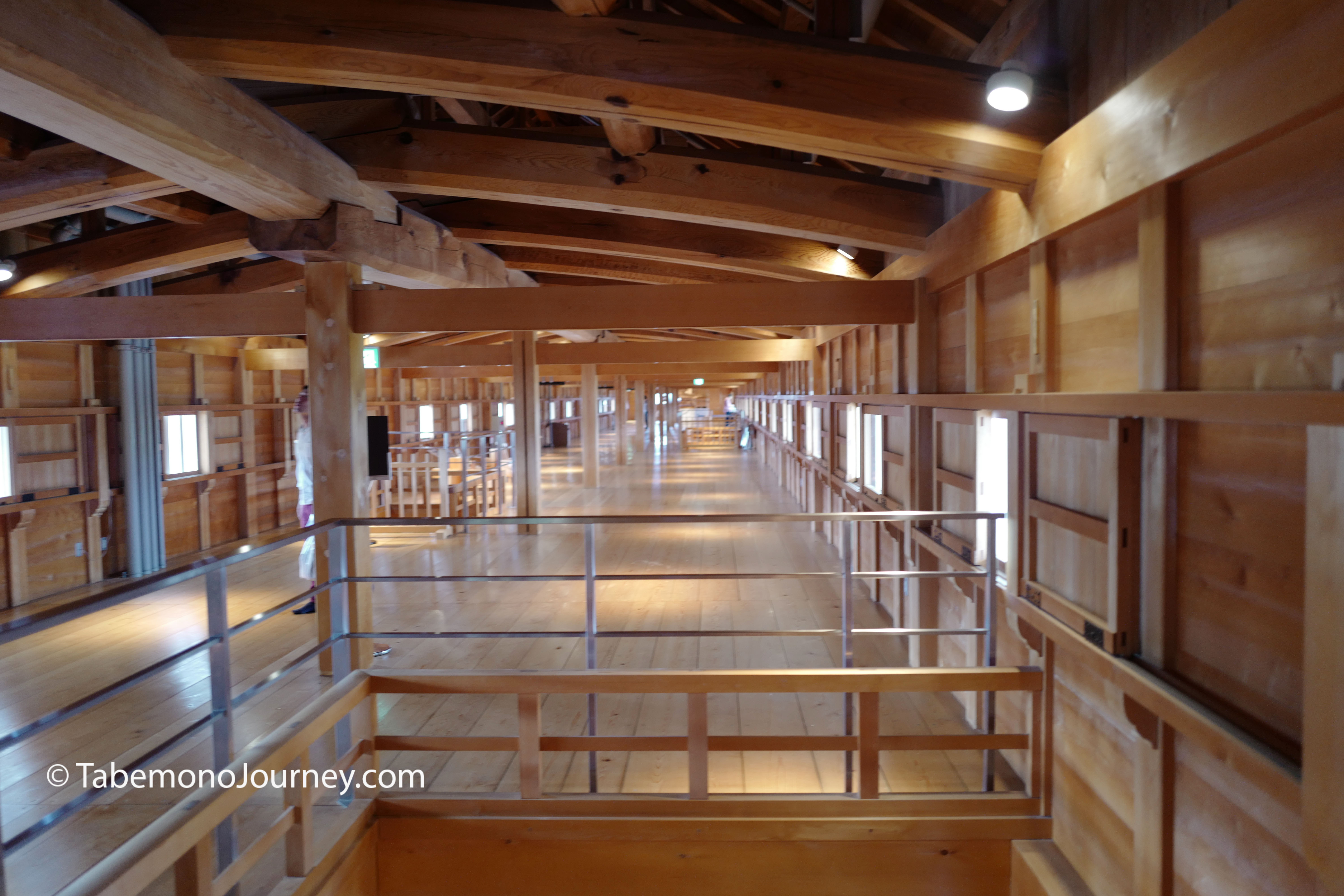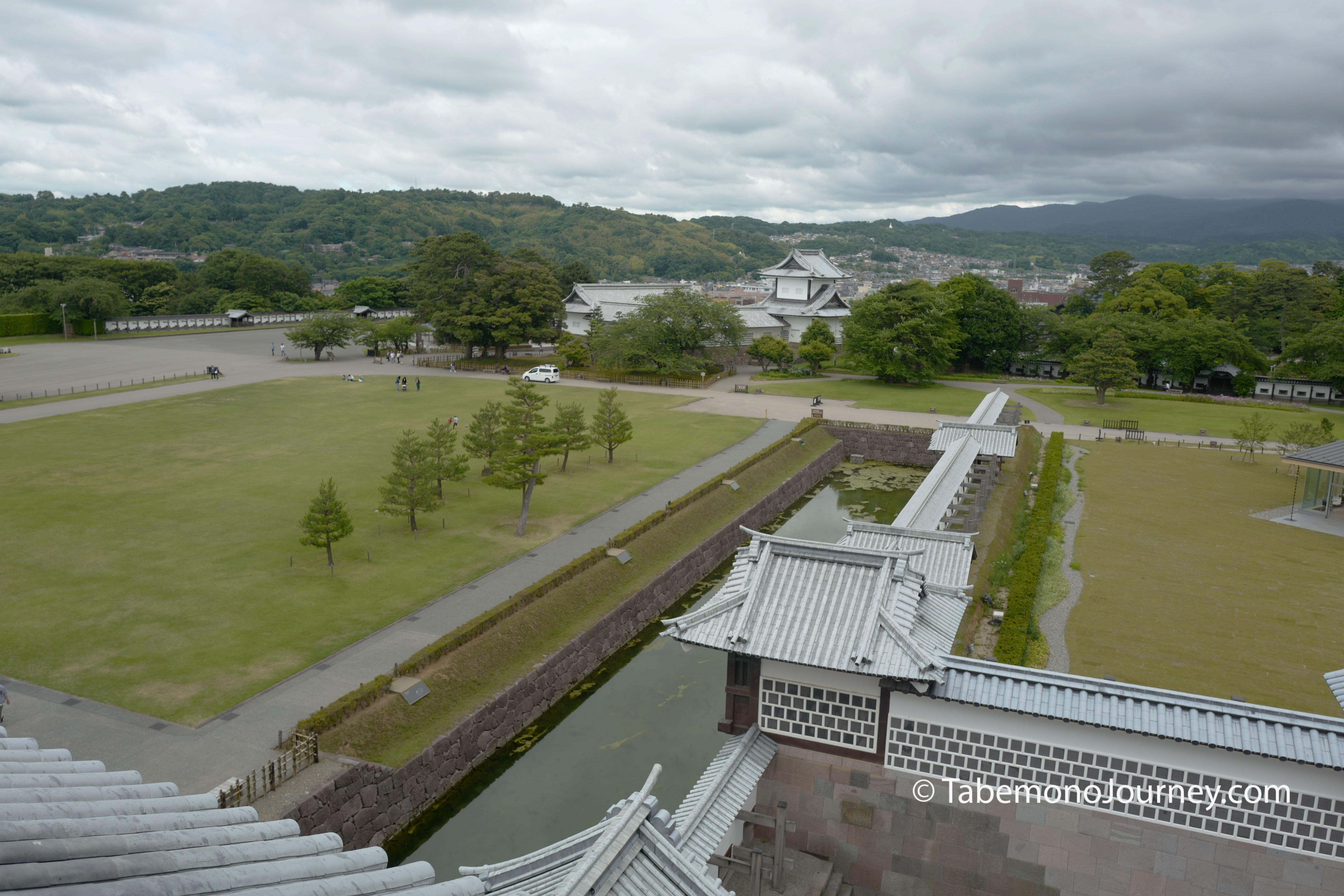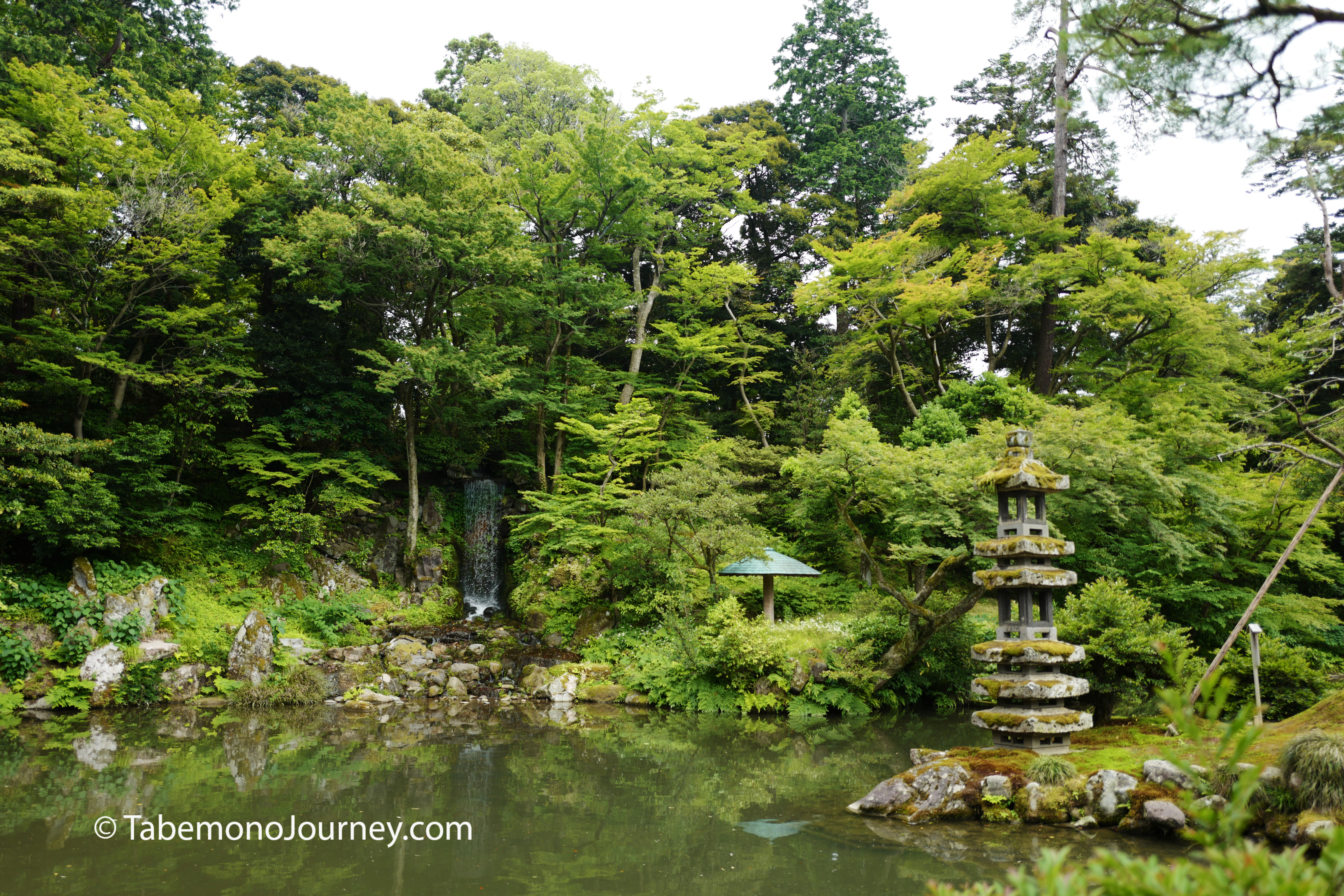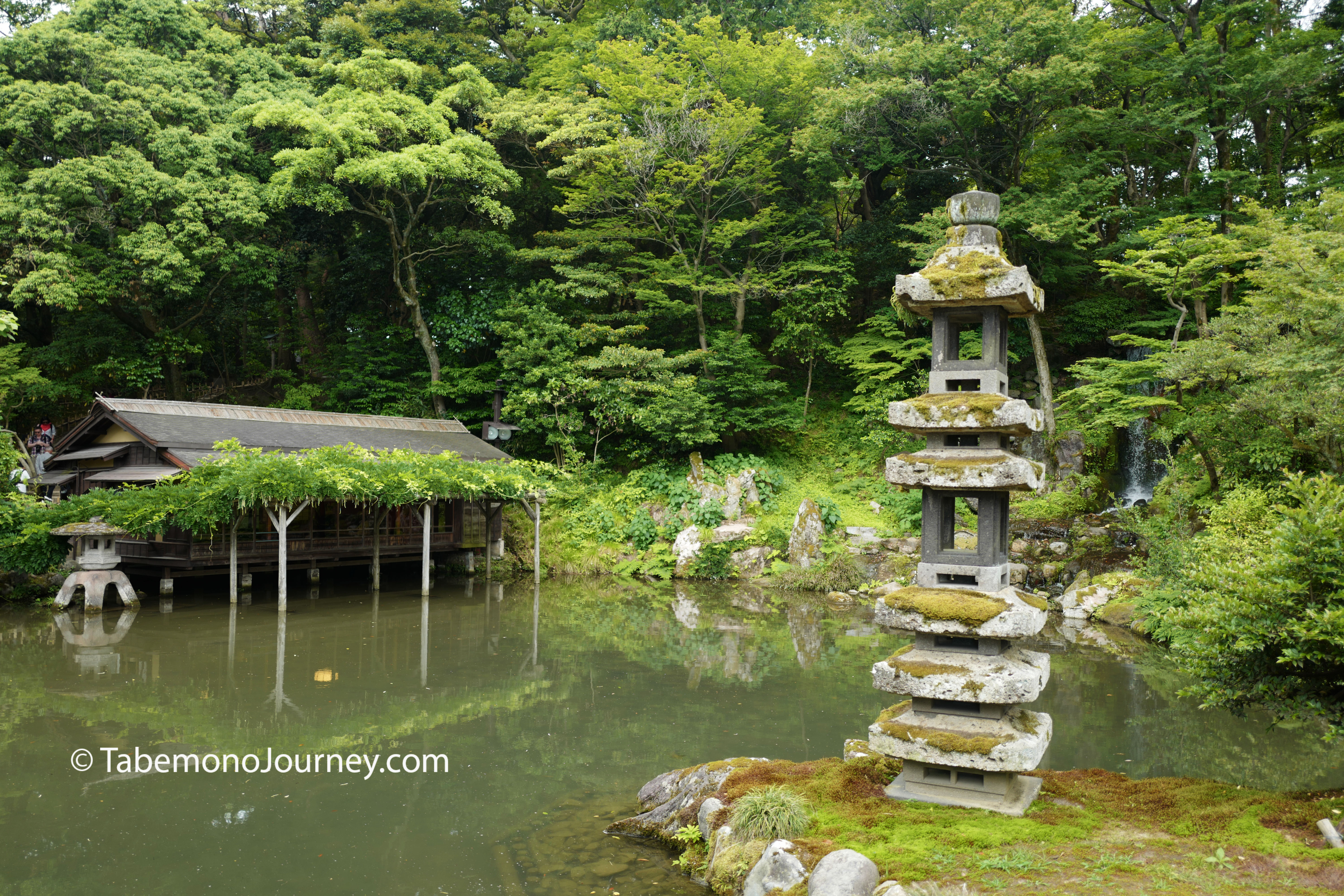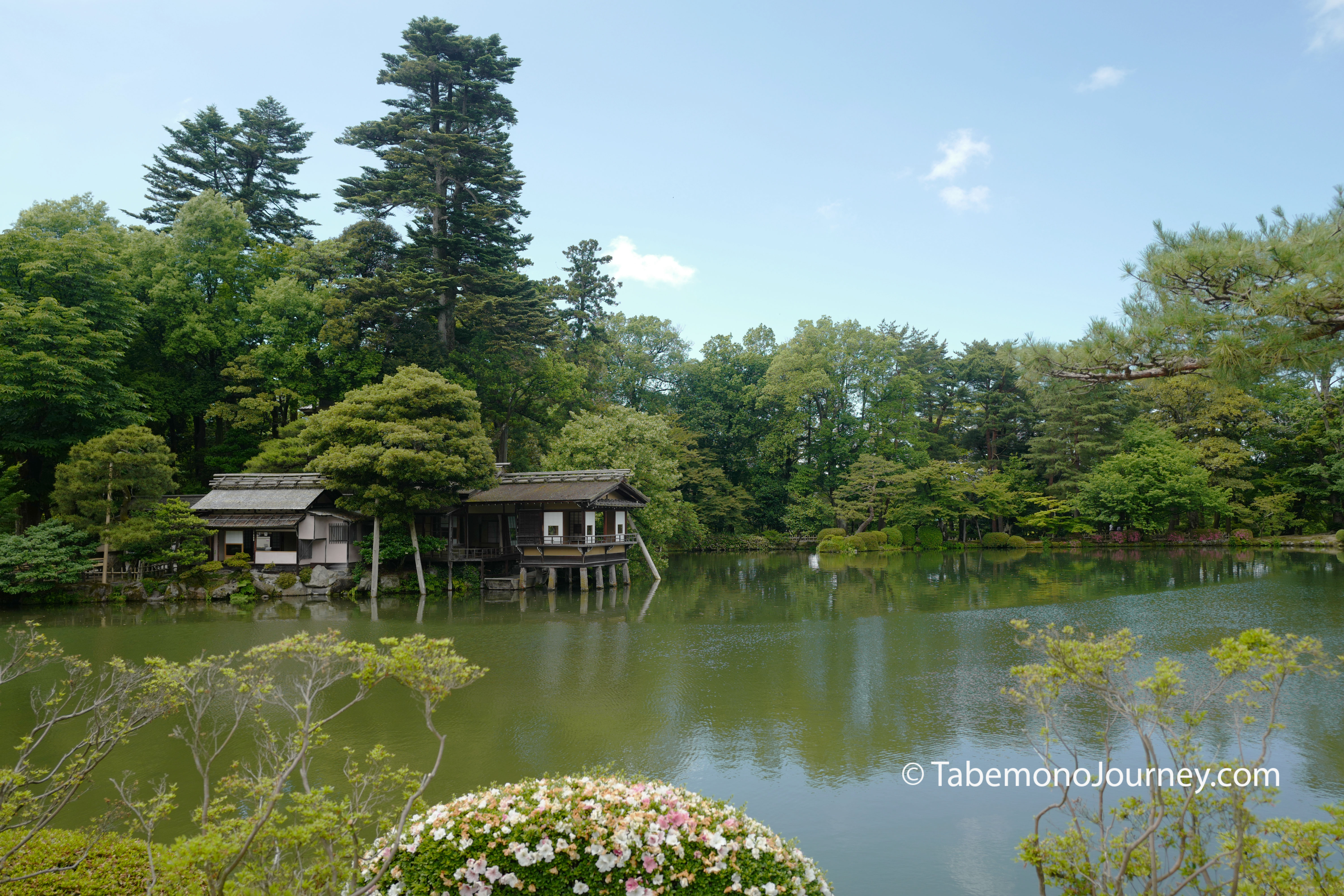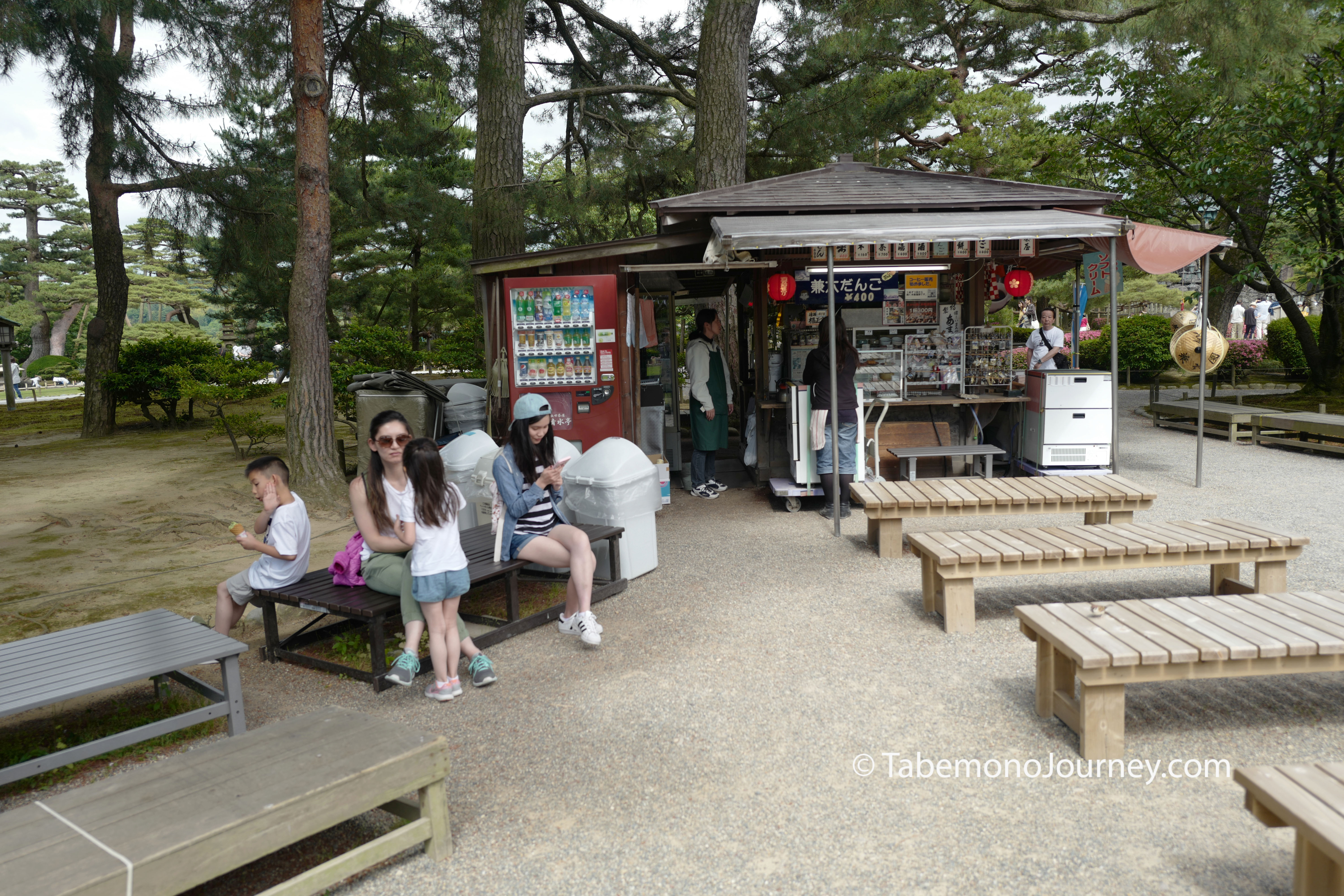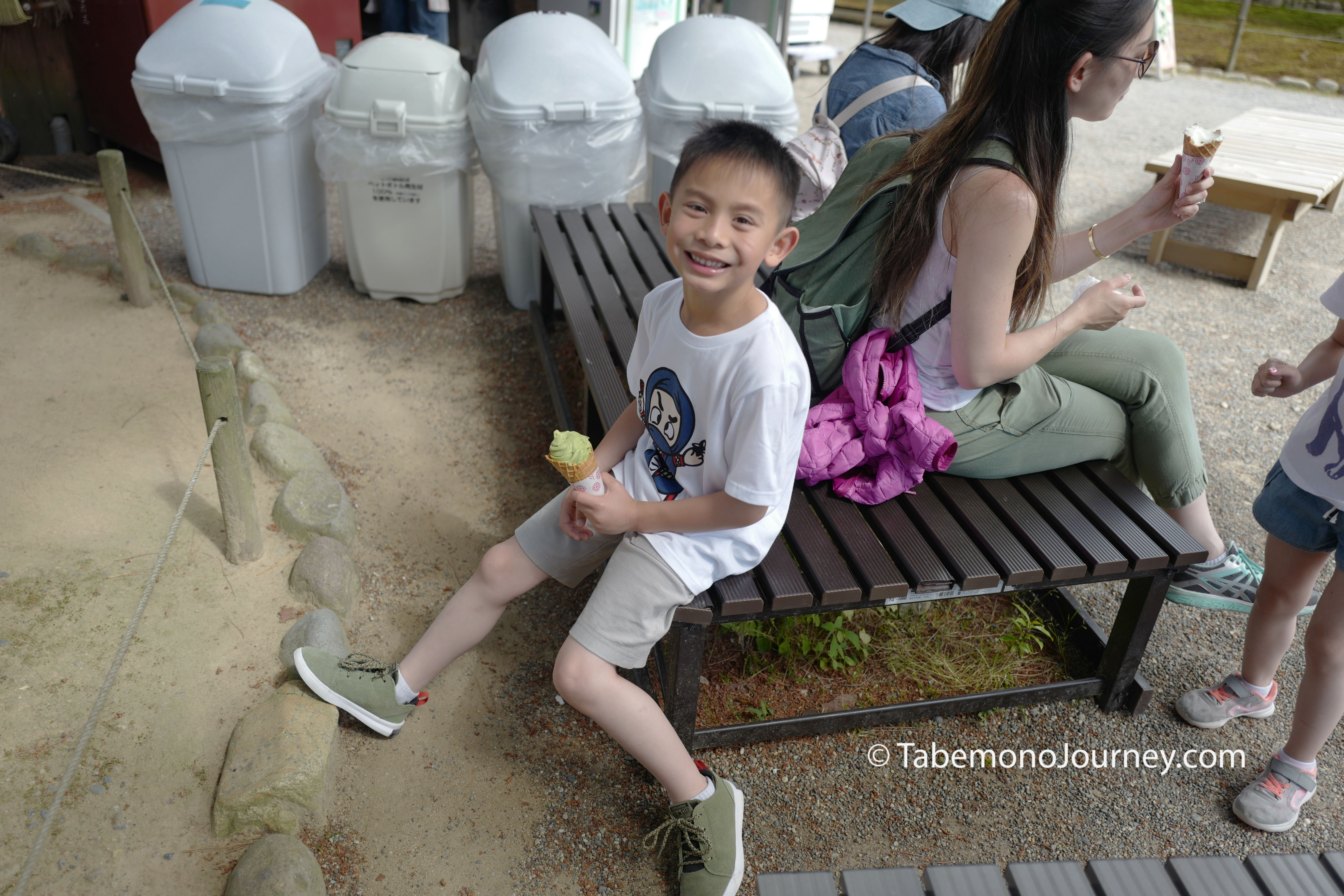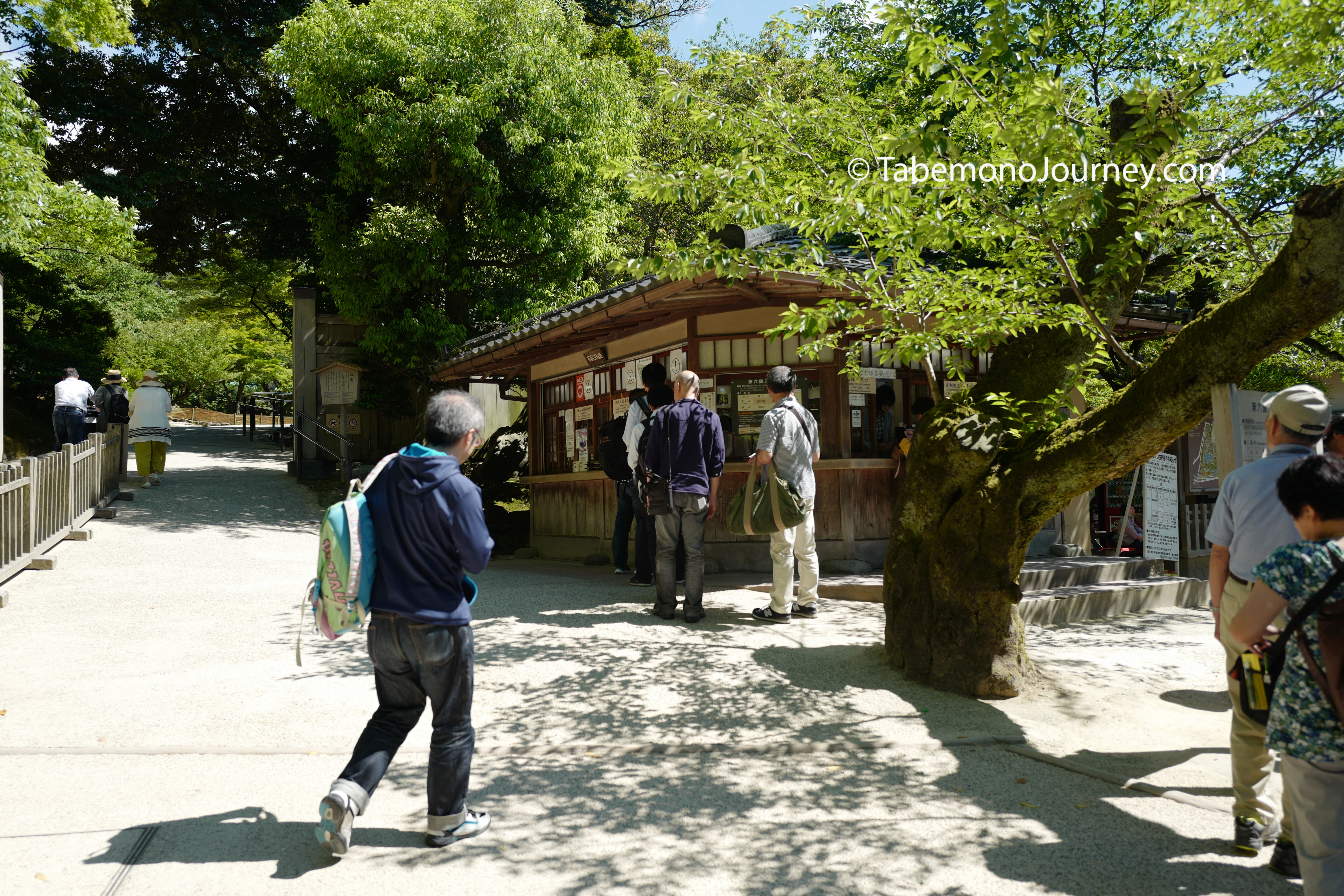After Karuizawa, our next stop along the Hokuriku Shinkansen was Kanazawa. Kanazawa is the capital of Ishikawa Prefecture, and one of Japan’s richest and affluent areas during the Edo Period. It is often an overlooked designation by foreign travelers, but not by the Japanese themselves. In many sense, Kanazawa reminded me of the rich heritage that Kyoto has, such as ancient buildings, temples, and Geisha districts, but with fewer tourist and smaller crowds, creating a more relaxing destination.
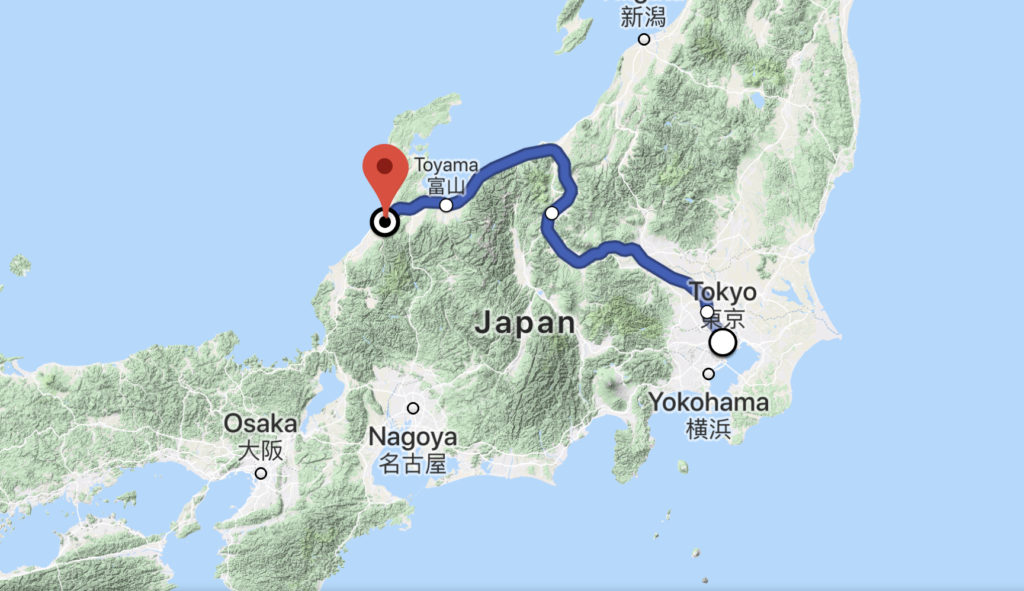
Through the Hokuriku Shinkansen, it is about a 2.5 to 3-hour ride from Tokyo and is covered by the JR Pass. It would be a little far to do a day trip to Kanazawa from Tokyo and at least a 2-3 night stay is recommended to see the attractions that the city has to offer.
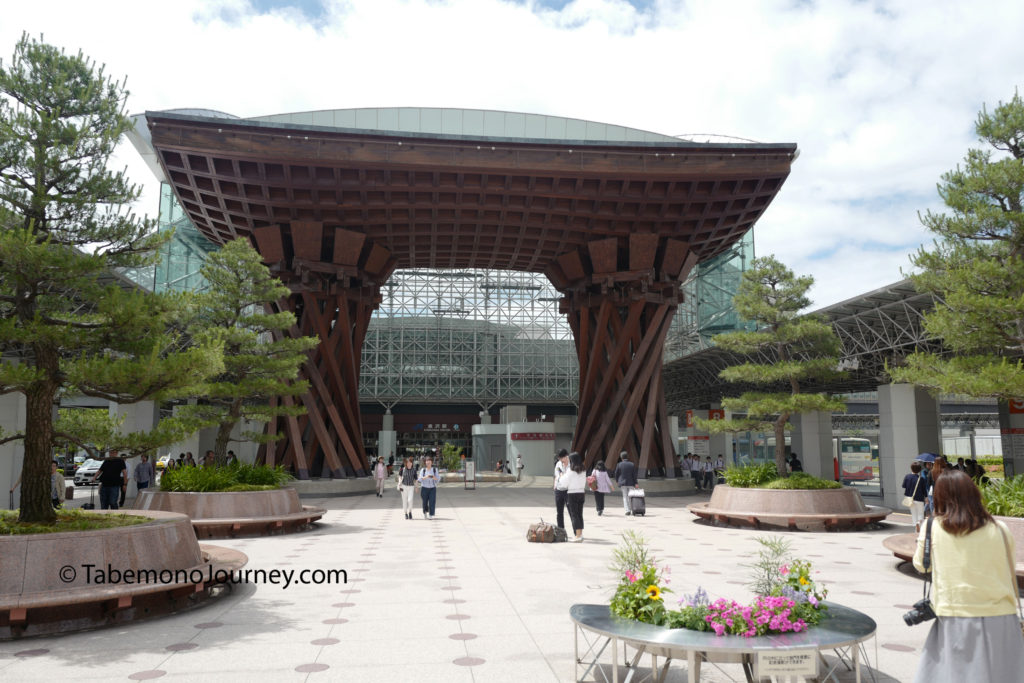
One of the very first landmarks you may come across after the glass and iron structure of the entrance at Kanazawa Station is the huge wooden structure in the form of a tori gate, called the “Tsuzumi-mon”. Their design is said to be based on traditional Japanese drums of which the name is based off-of,
The wooden gate is connected to the modern glass and steel dome which is called Motenashi, which means to welcome whole-heartedly. If you add the “o”, you’ll get the
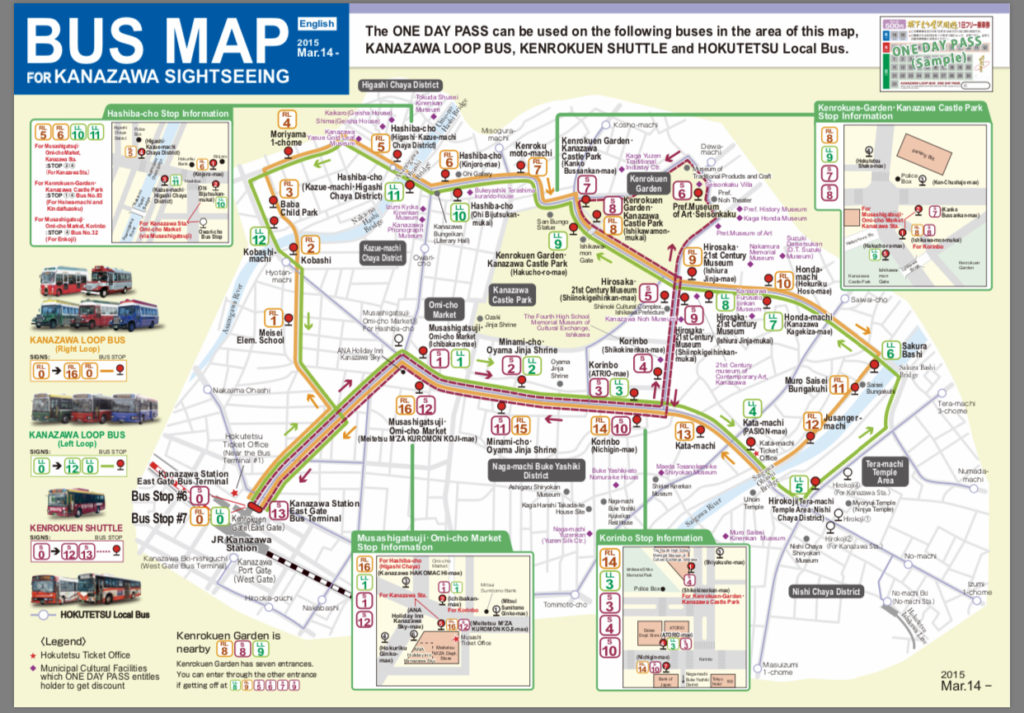
One thing to note about Kanazawa is that unlike the bigger cities, the train infrastructure is not the main mode of transportation. Instead, most of the the city’s attraction can be reached by the Kanazawa Bus Loop. One of the lines includes the JR Bus line, which you can use your JR Pass on, however, note that it does not come as often. We ended up purchasing a day pass for as we wanted to maximize our time during our stay. For more information, you can visit the official hokutetsu bus route site for more information.
Because we were staying at the Nikko Hotel, they helped us with several hard to book reservations, including Itaru Honten (izakaya) and Komatsu Yasuke (sushi with 85+-year-old Kazuo Morita). It is highly recommended to get reservations, for both of these spots and upcoming post of these eateries will be in an upcoming write-up.
After dinner on the first night, we decided to take a walk around Kanazawa to see the night scene. This was partially to walk off our dinner, but also because Kanazawa does not have a subway system and is relatively small for a big city. We passed by the modern art museum, as they had some play structures outside you can visit. The museum itself was closed at night so we did not go in and it is known for a “swimming pool” attraction, where people appear underwater (but is just an illusion), amongst many other exhibit. But for a night stroll, it was perfect for the kids to jump around and play with the public structures.
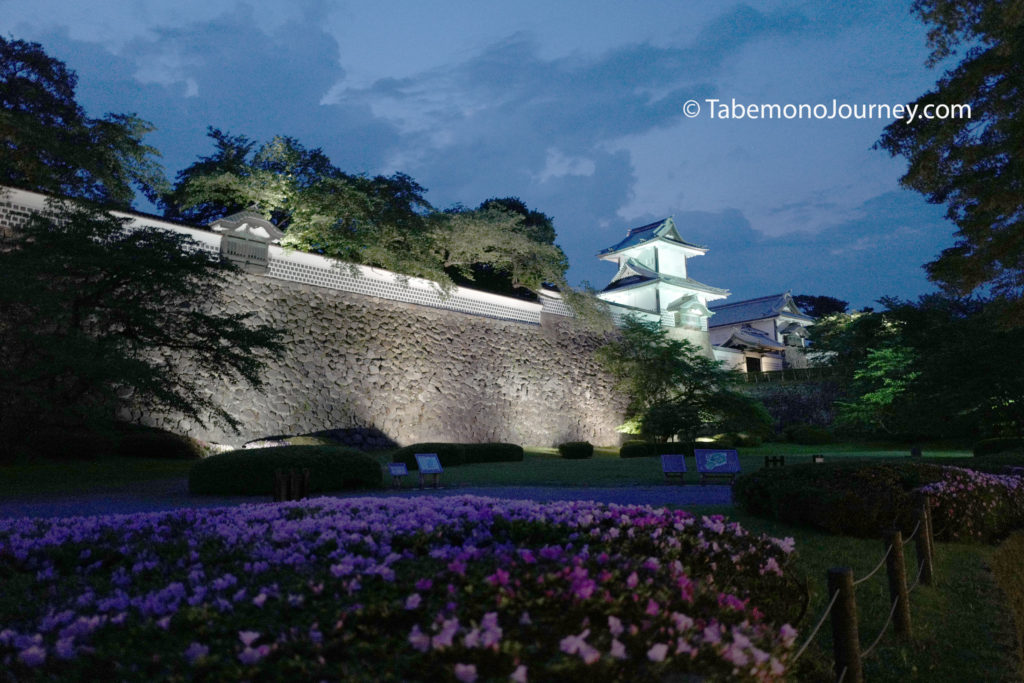
A short 5 minute walk away from the museum, we passed by Kanazawa castle at night. The castle and its walls that were illuminated by the lights was truly breathtaking.
The castle was on our itinerary to visit the next day. Kanazawa Castle does not have a true castle and is only partially restored as it was burned down and rebuilt
Our younger kids just loved walking and running along the castle grounds, which is free to enter. Some of the structures like the Ishiswawmon Gate and Sanjikken Nagaya (samurai warehouse) have survived the original construction. You can find free English and other language guides inside that provide more details of the history of the castle as well as the powerful Maeda family that ruled and shaped this area.
In 2001, reconstruction was done to restore the storehouse and arsenal building (Gokjikken Nagaya) and the two watchtowers (Hishiyagura and Hashizumemon Tsuzuki-yagura) to their original states following the traditional method of reconstruction. When we visited, for a small fee (310yen), you can actually visit the structure. The fun part for our children was climbing the stairs, leading up through the watchtower and seeing the views from the moat and castle grounds from above. Note you have to take off your shoes to walk through the building.
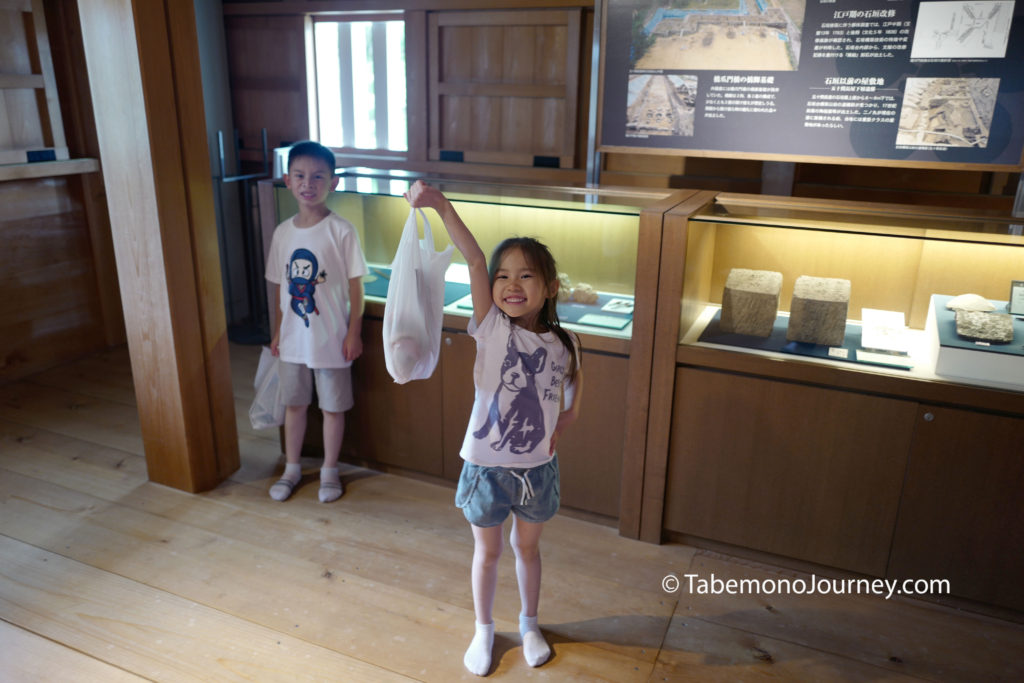
After all the navigating up and down the stairs, it felt like a huge obstacle course. For the little ones, it felt like a huge accomplishment and here our daughter proudly retrieves her shoes at the exit/entrance of the building.

Right next to Kanazawa Castle is Kenroku-En, which is one of the top three gardens in Japan. You can enter through a number of areas for a small fee and a multi-language guide is available. Kenroku-En was the Maeda’s private garden and started back in the 1620s.
Kenroku-En is huge, over 28 acres and the name itself means “combined six”, highlighting the six characteristics that make up a great garden. Some of these attributes you see as you walk through the garden, from the spaciousness of the layout to huge ponds and waterfalls, and nice tea gardens to enjoy the scenery. The garden is a place to enjoy and relax and appreciate the lush greenery, especially on a perfect day.
This wraps up this segments trip through Kanazawa. While there were crowds in some of these attractions, it was nothing like what we see in other big cities. Look out for my next update on the city as we stayed a short 2 days in the city, and there are more to see and do.
